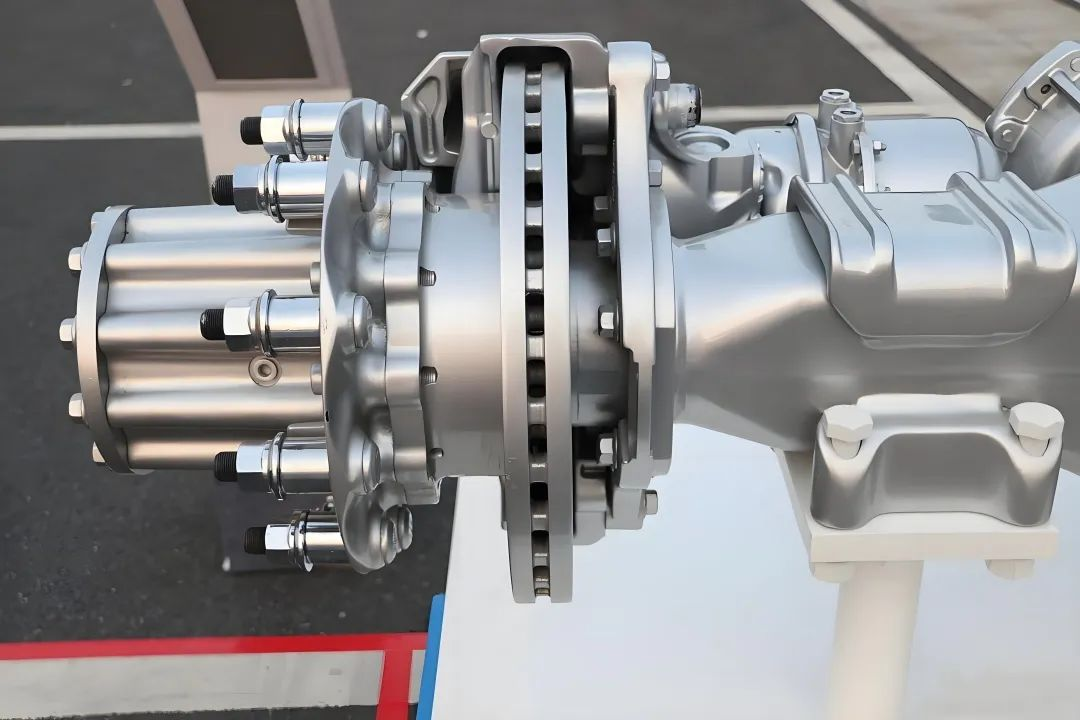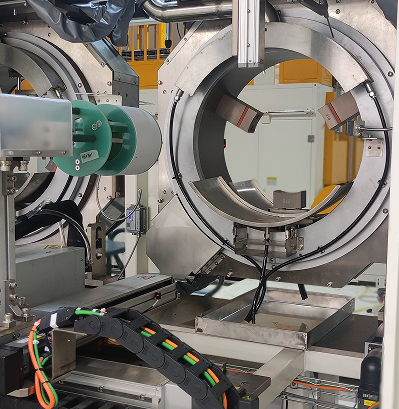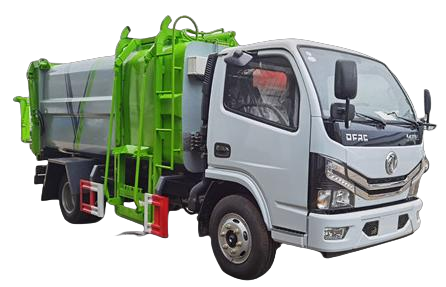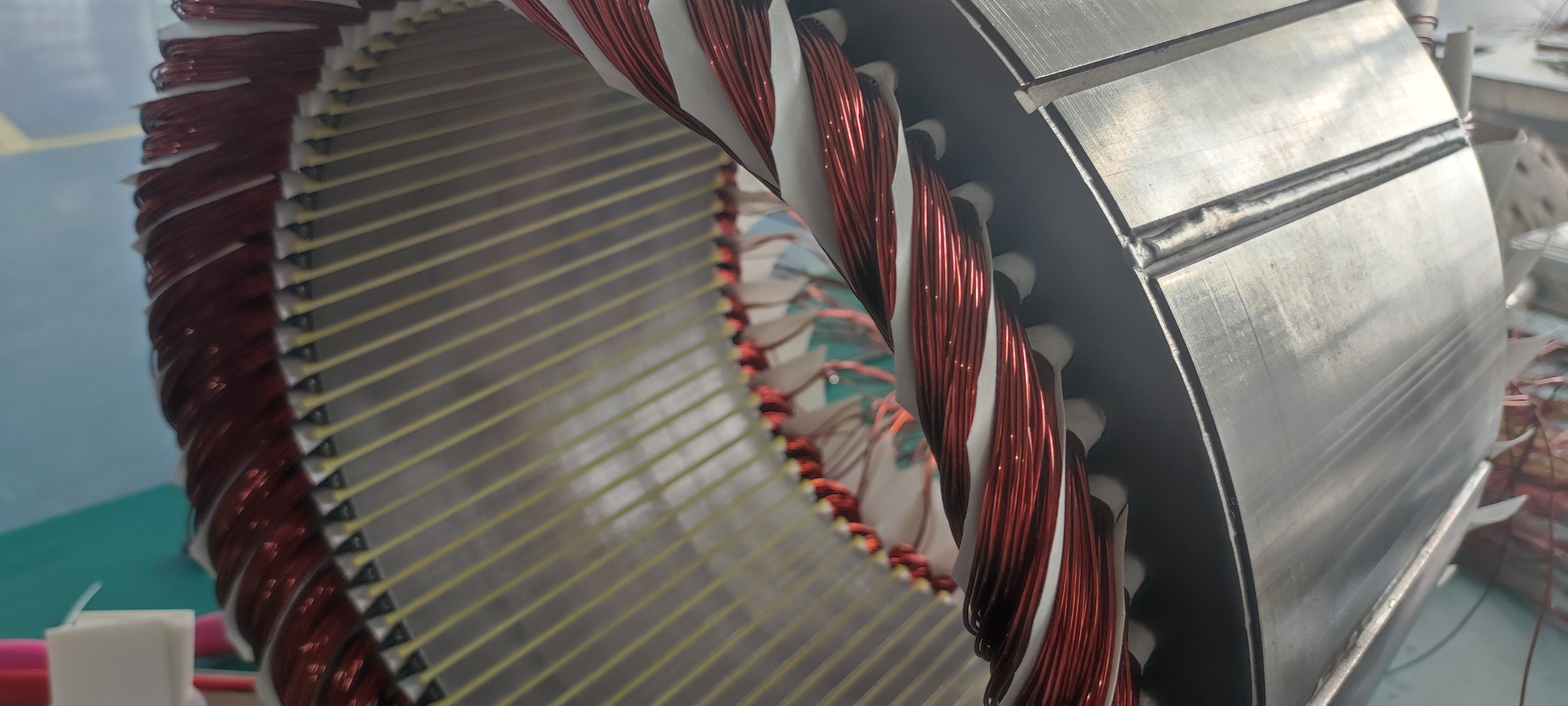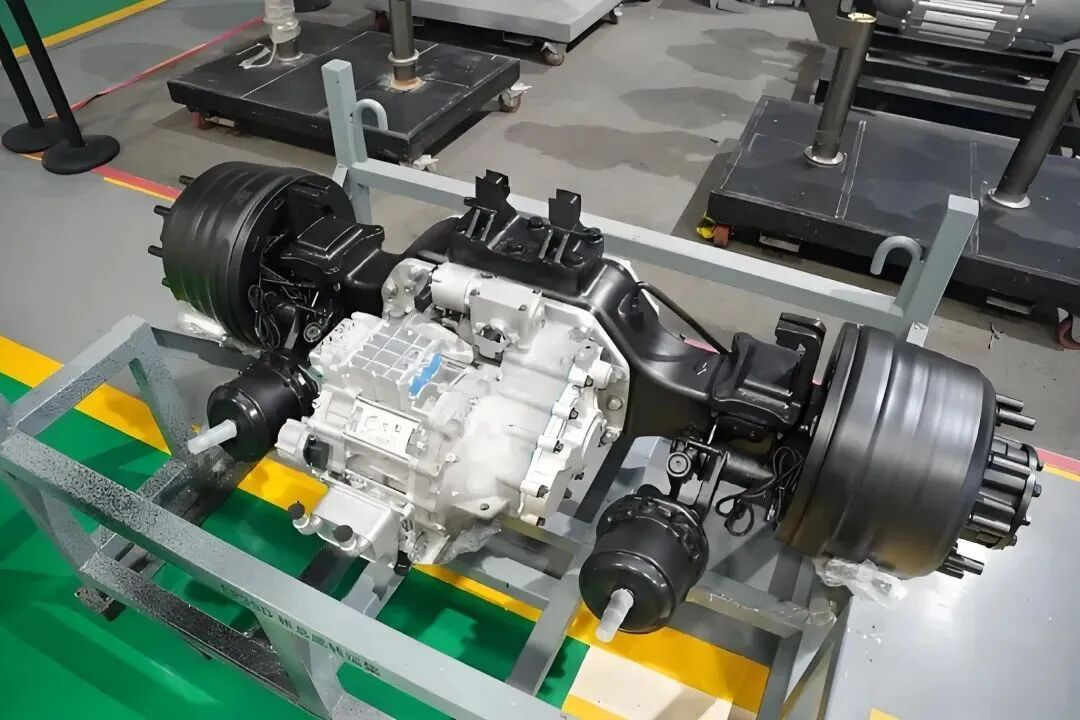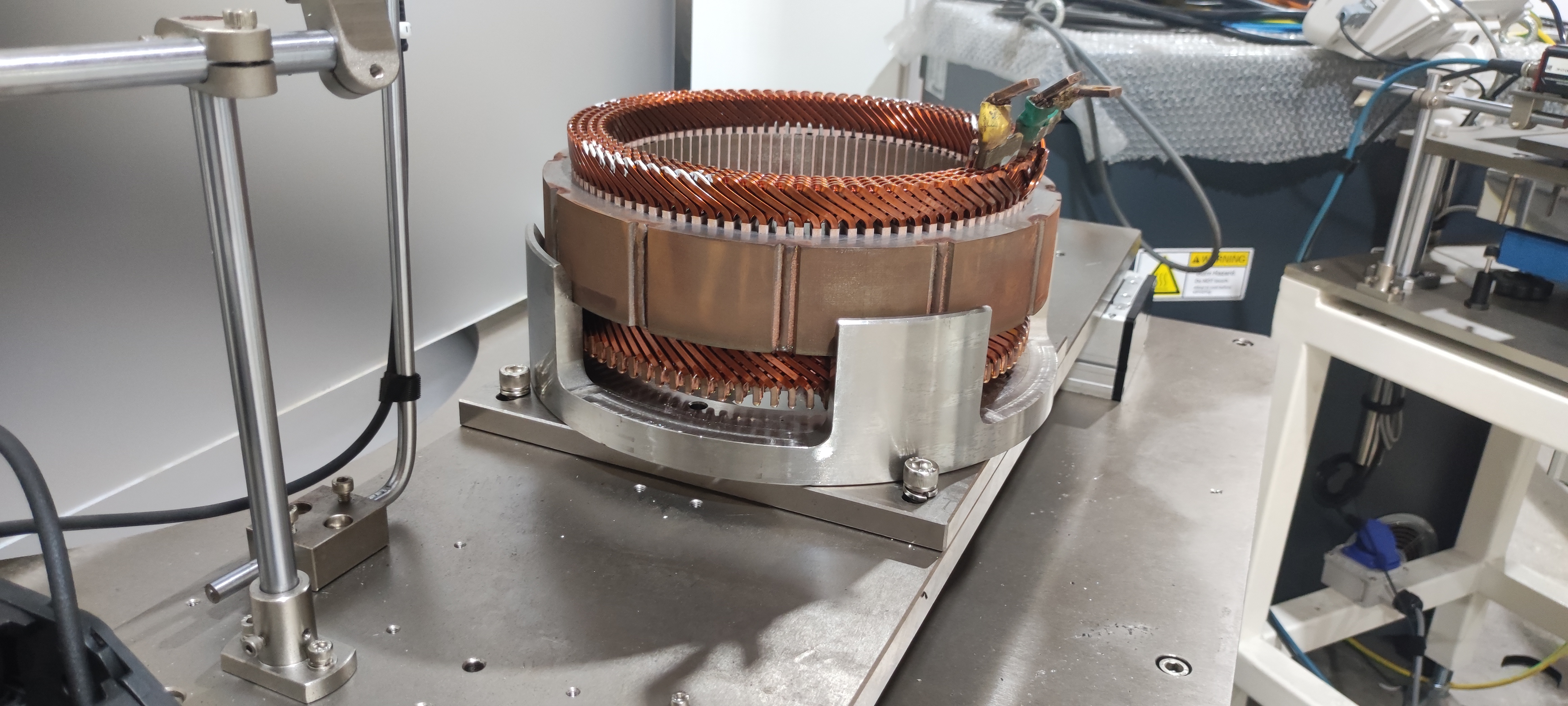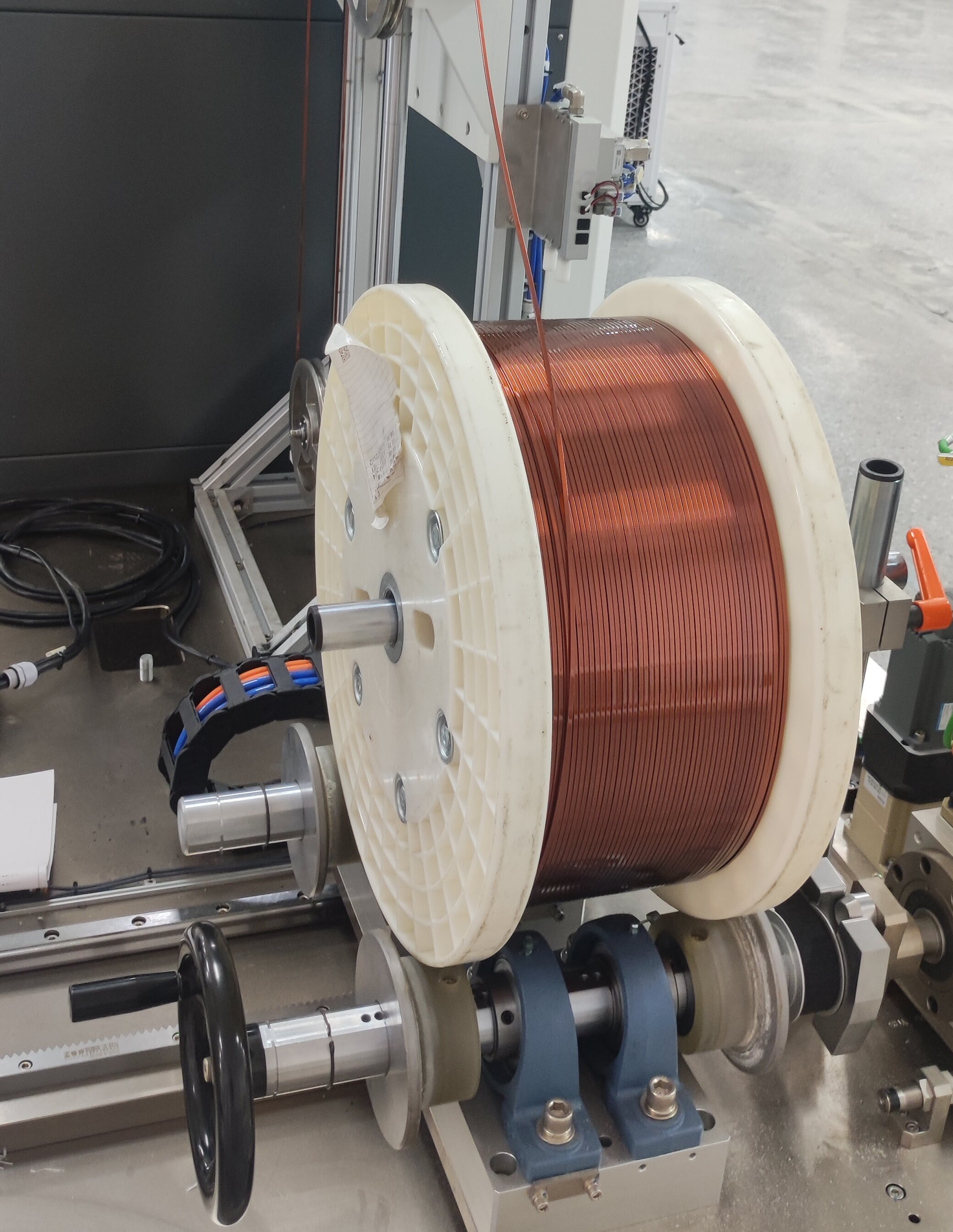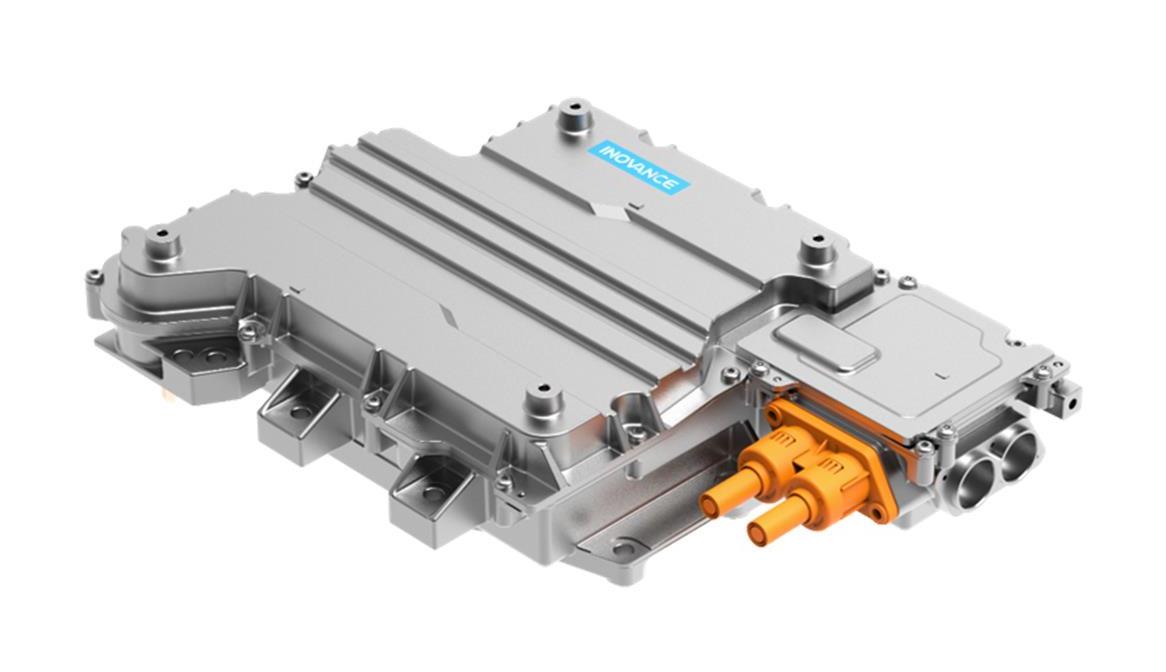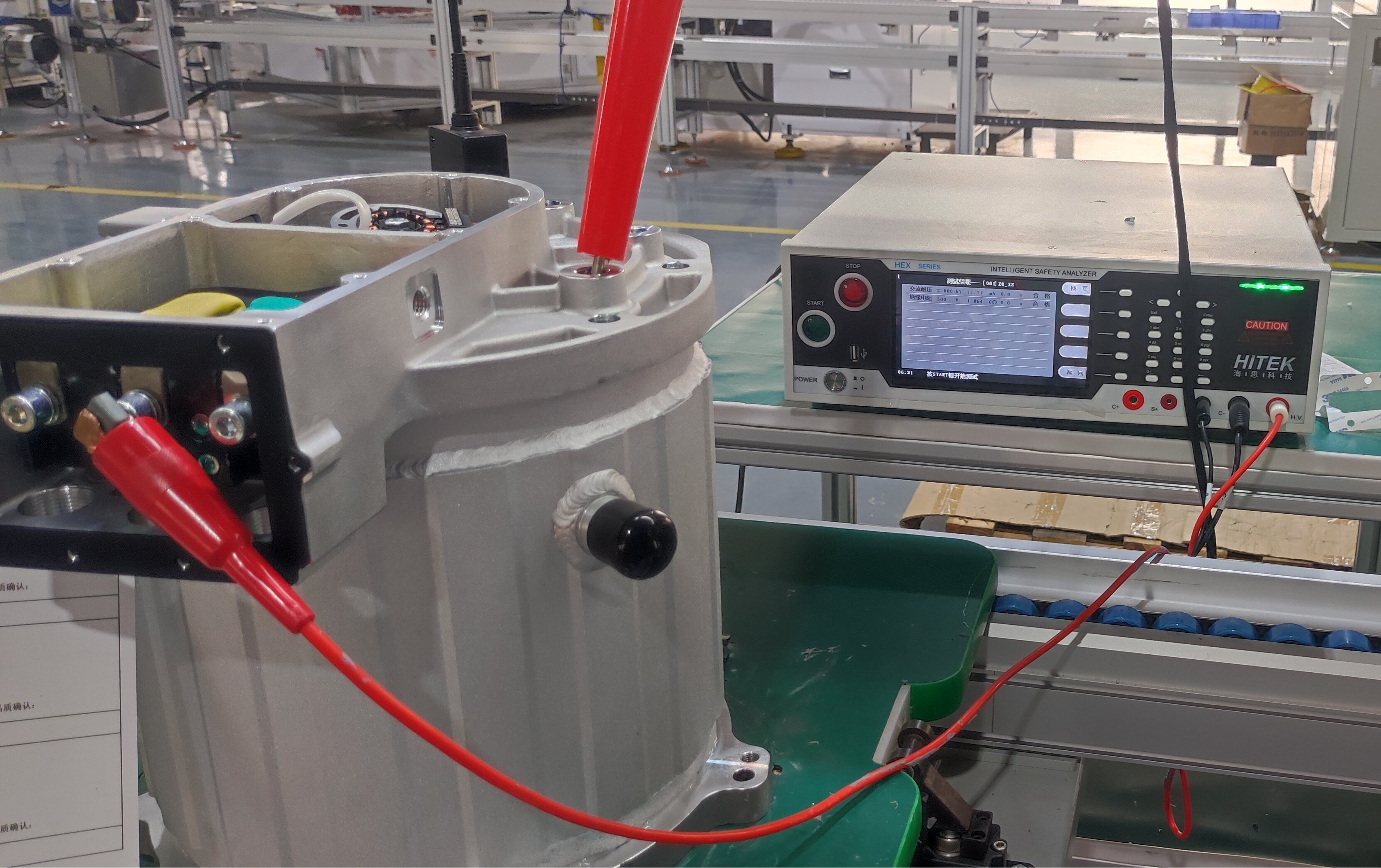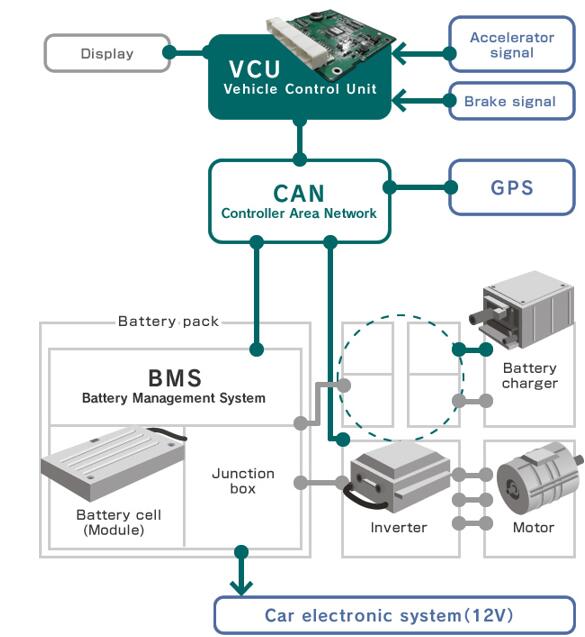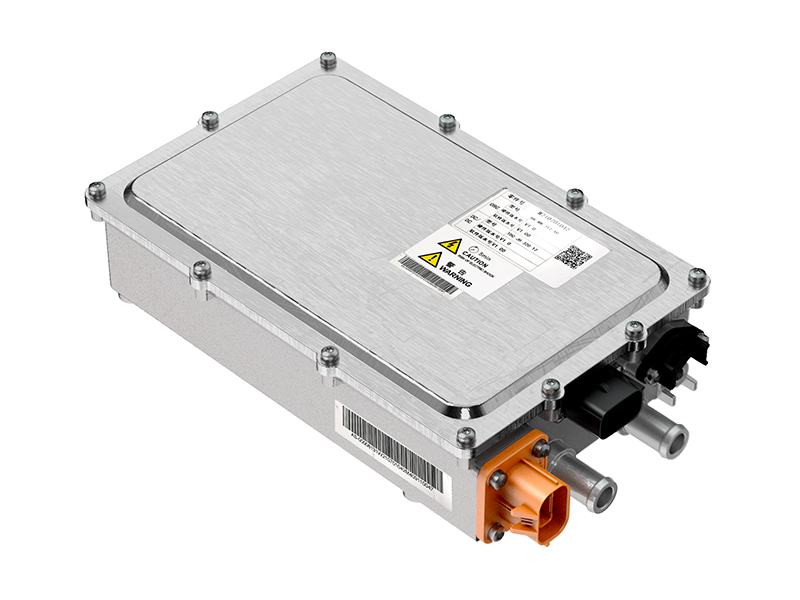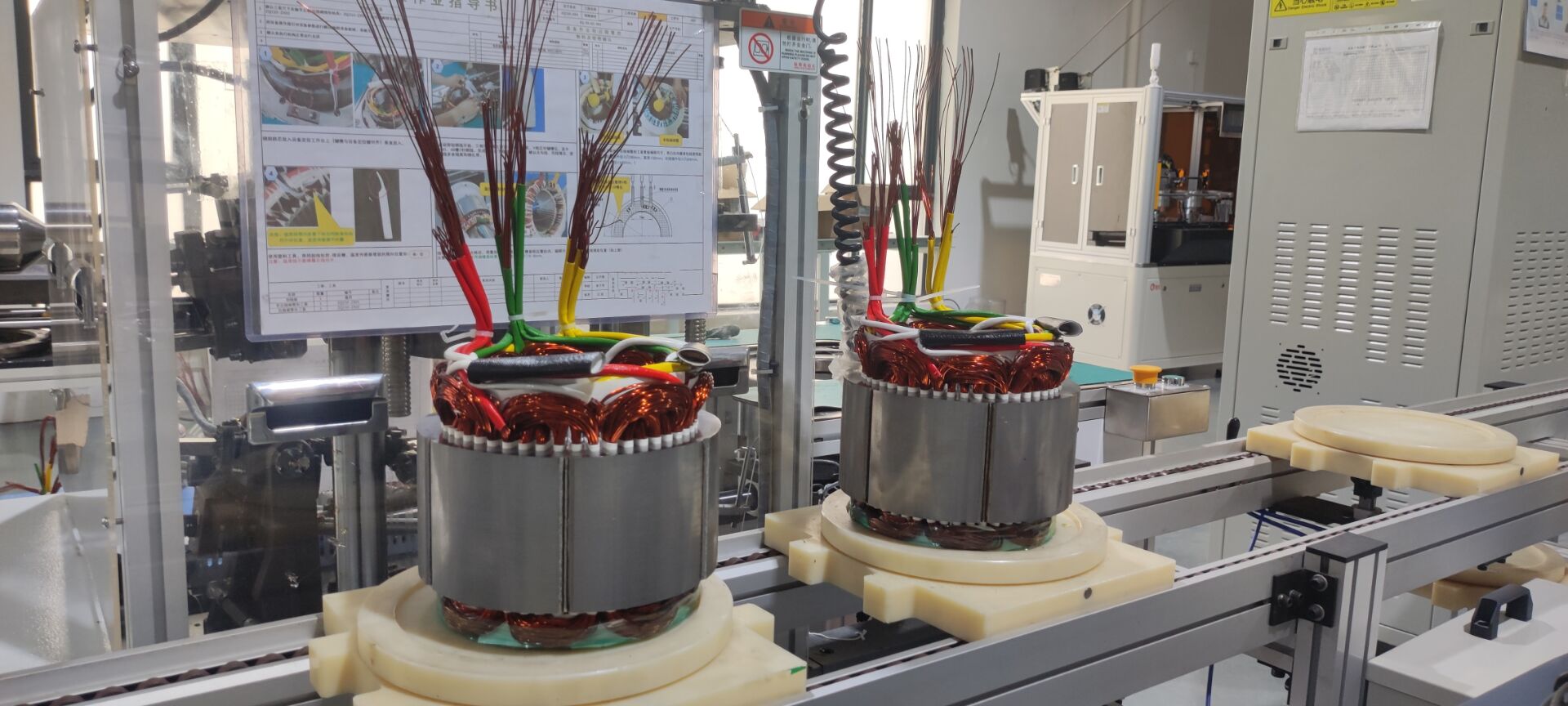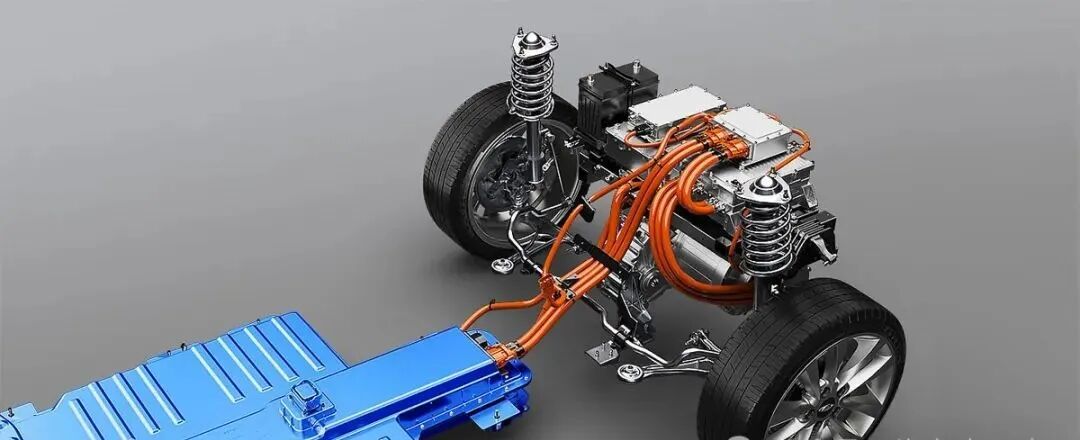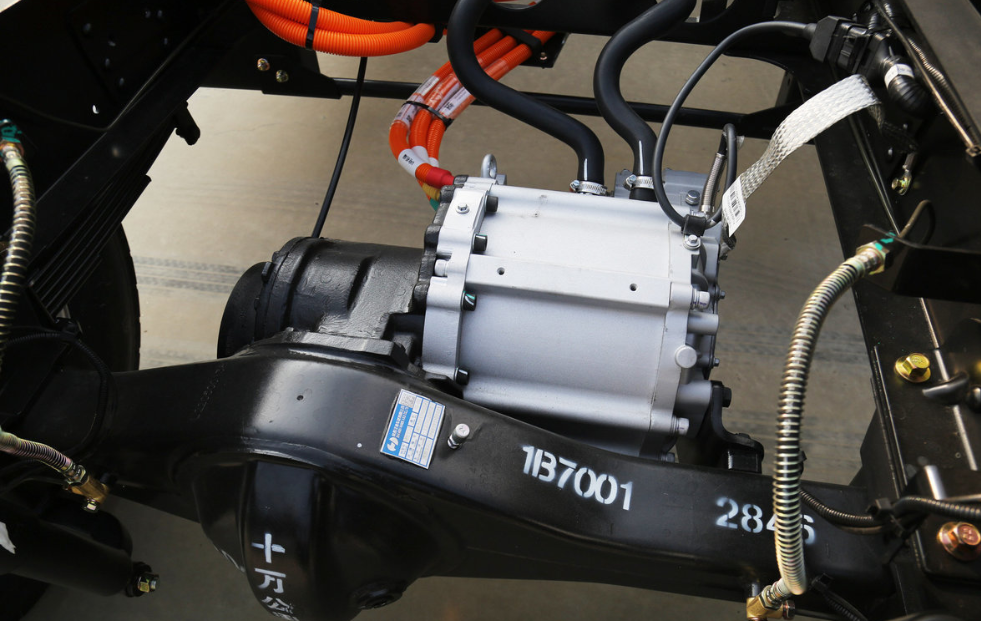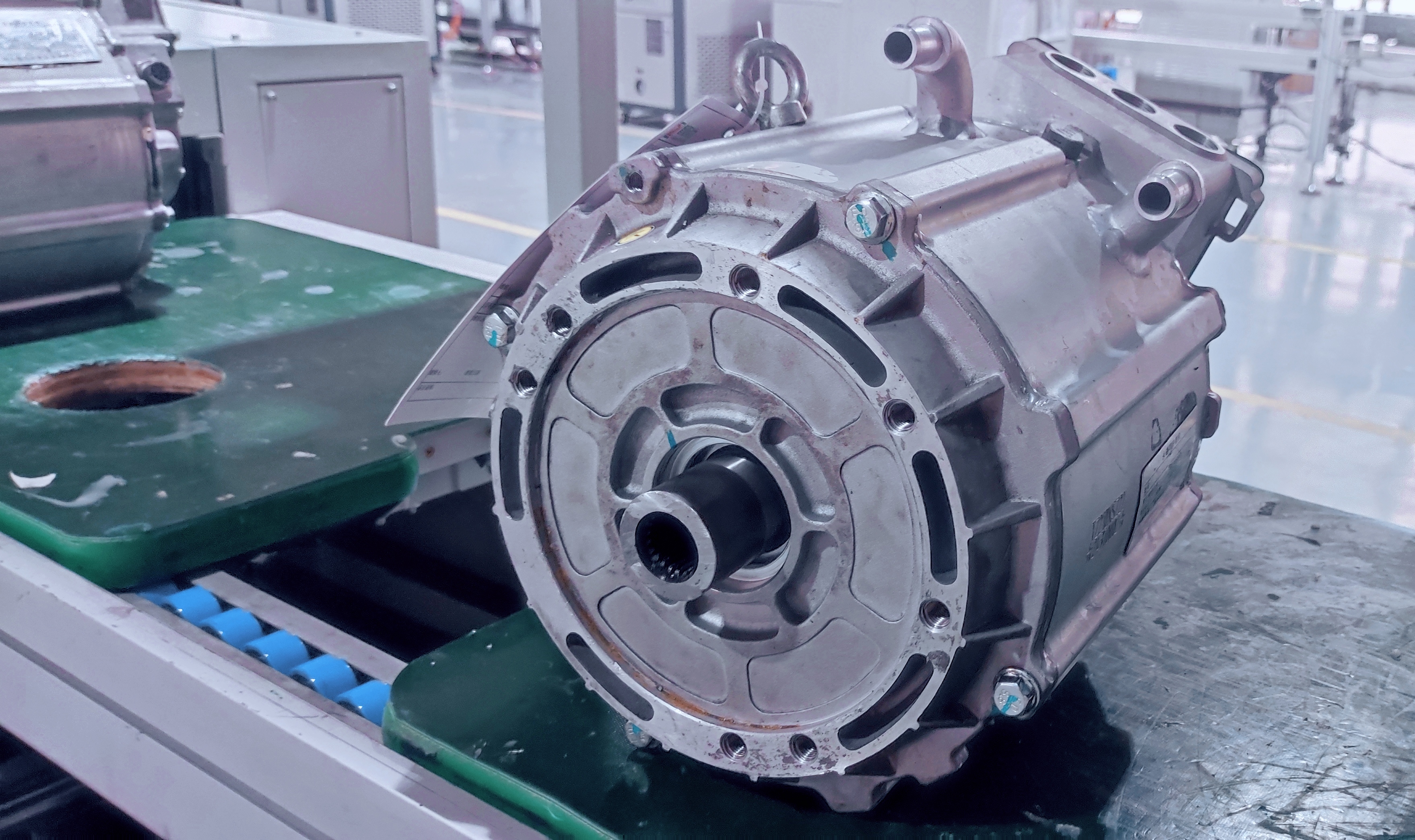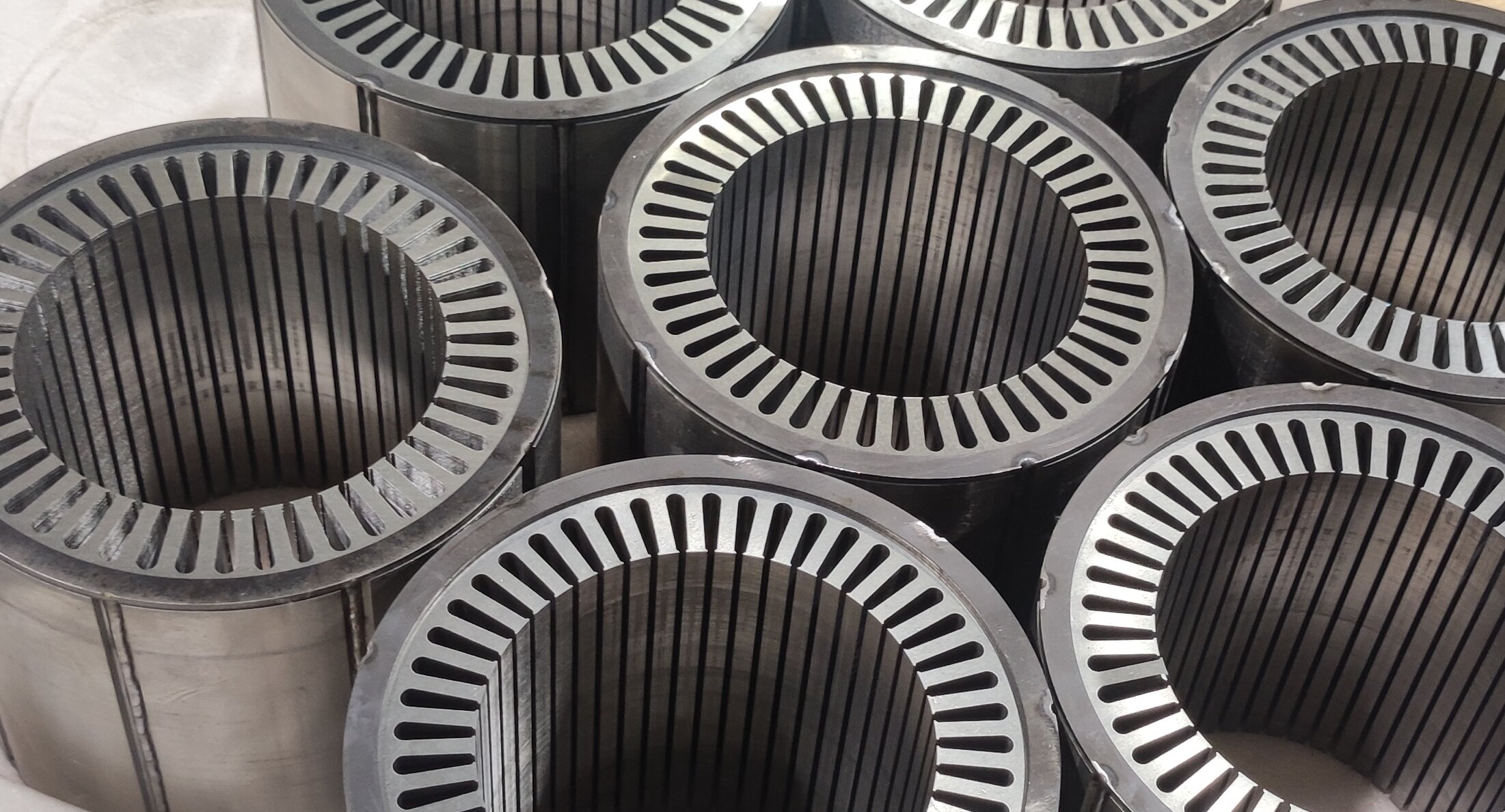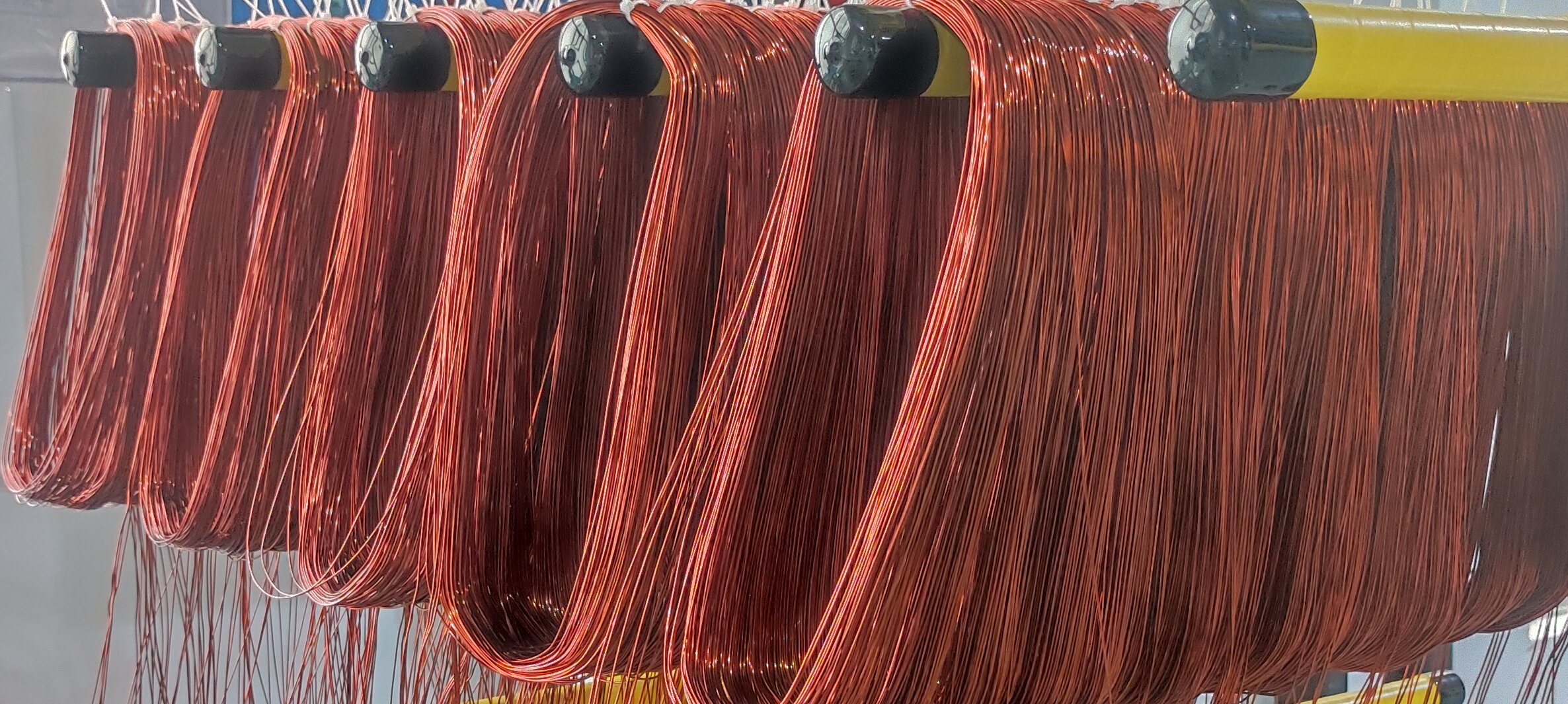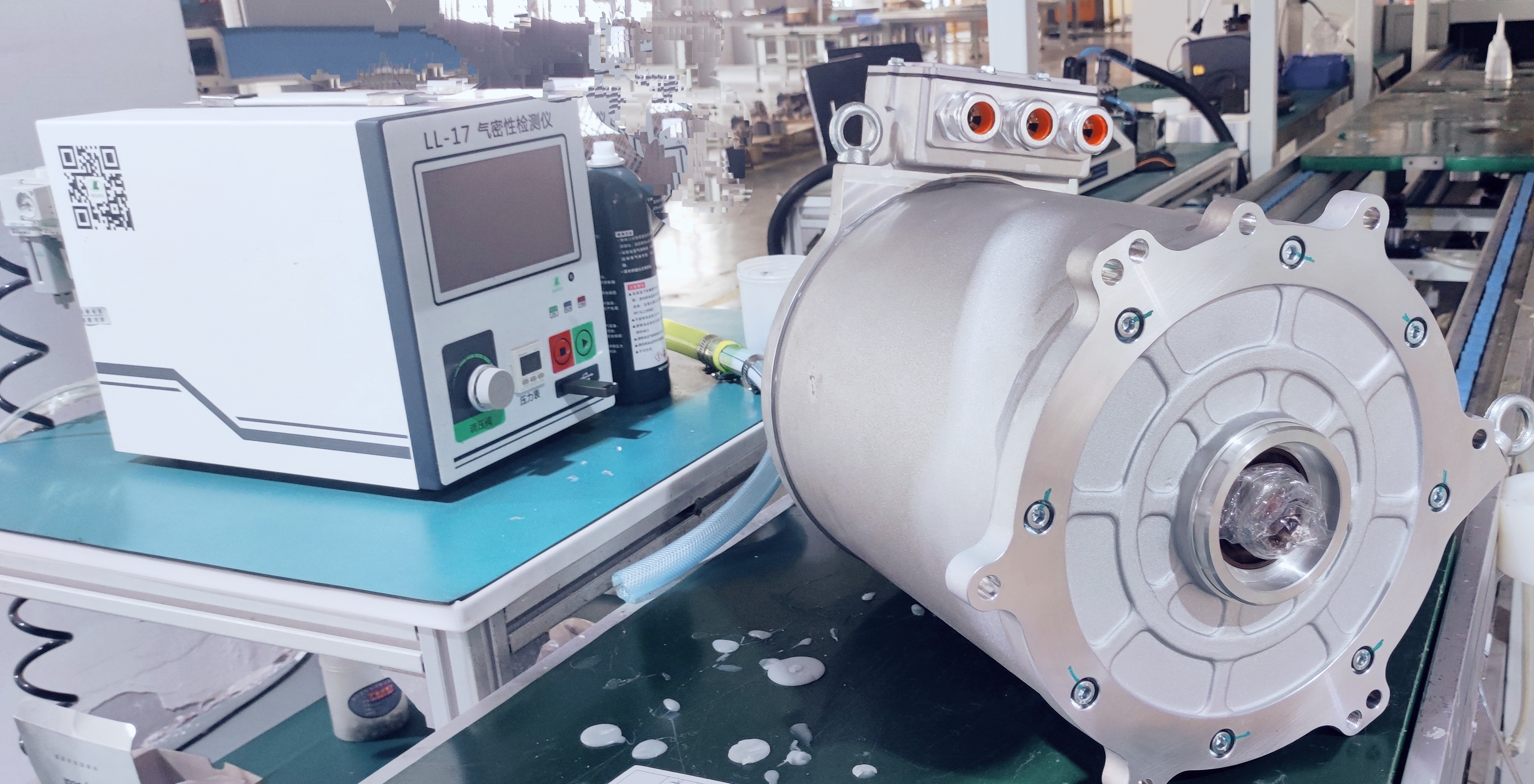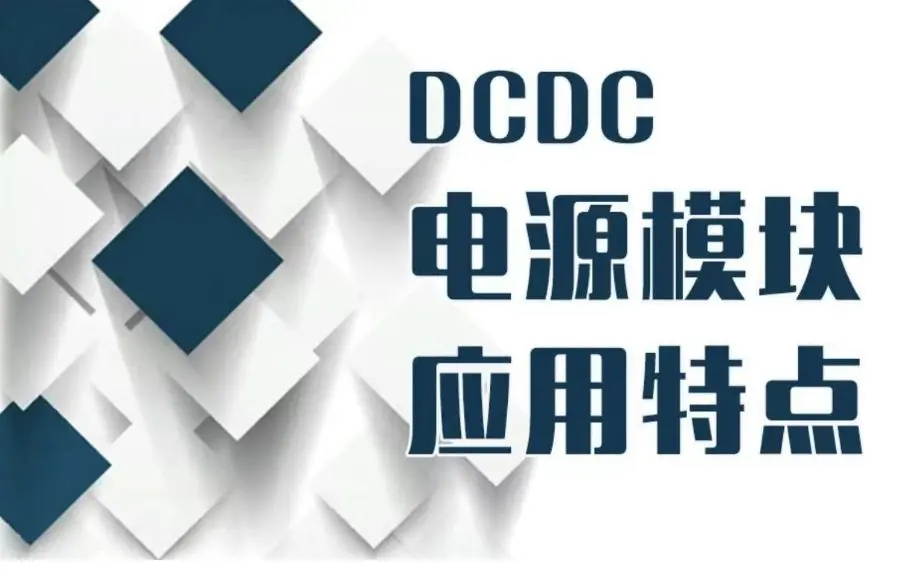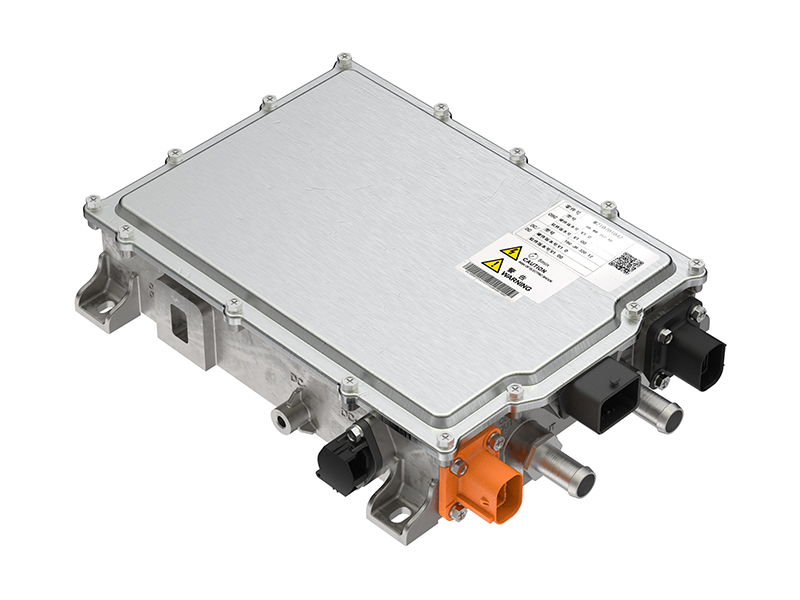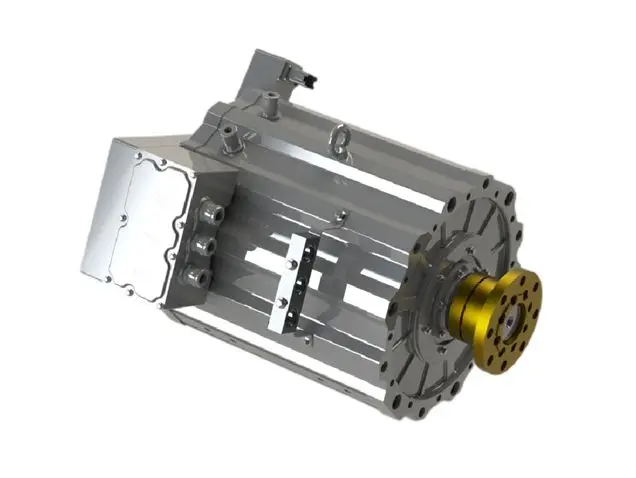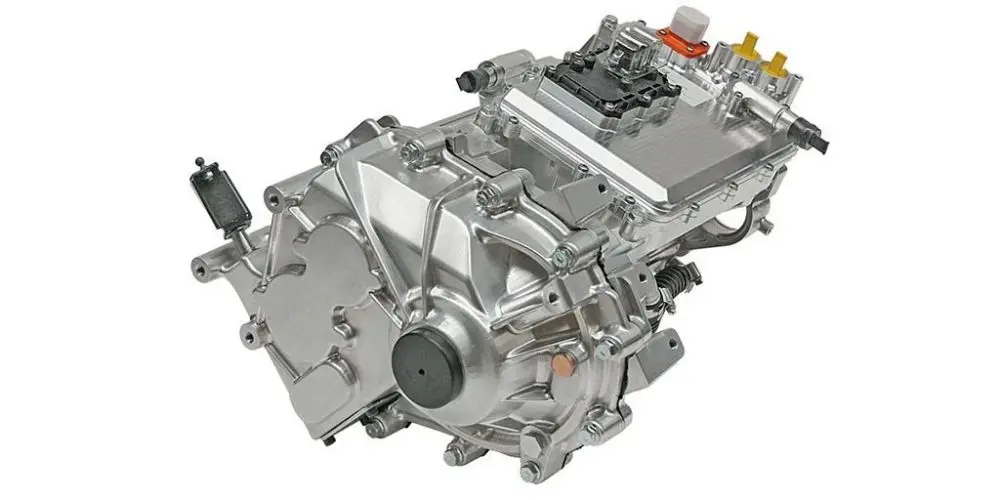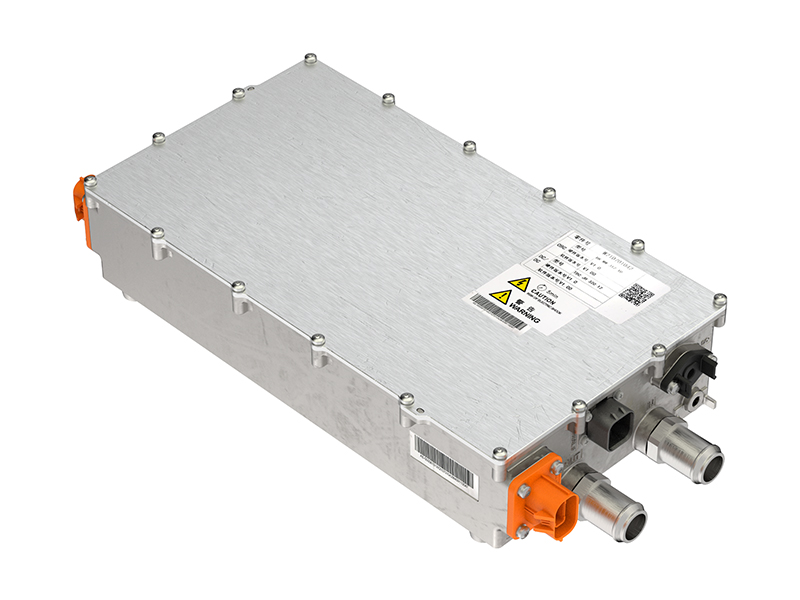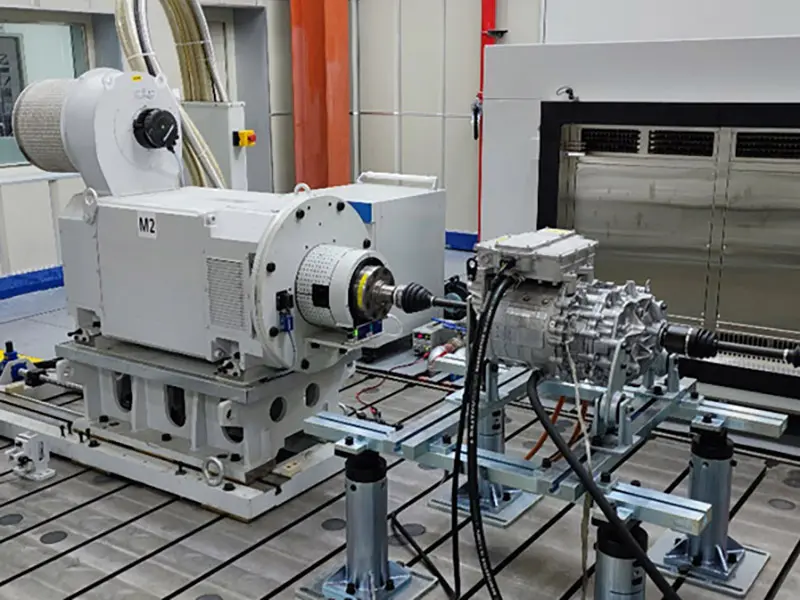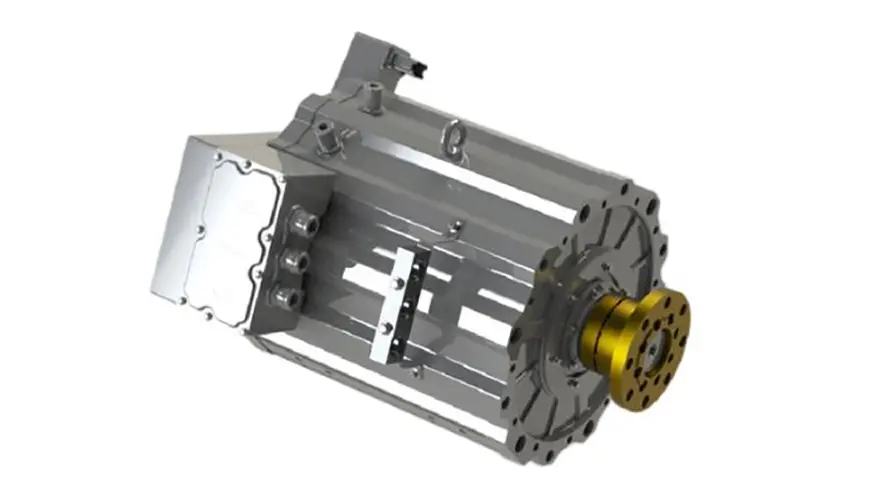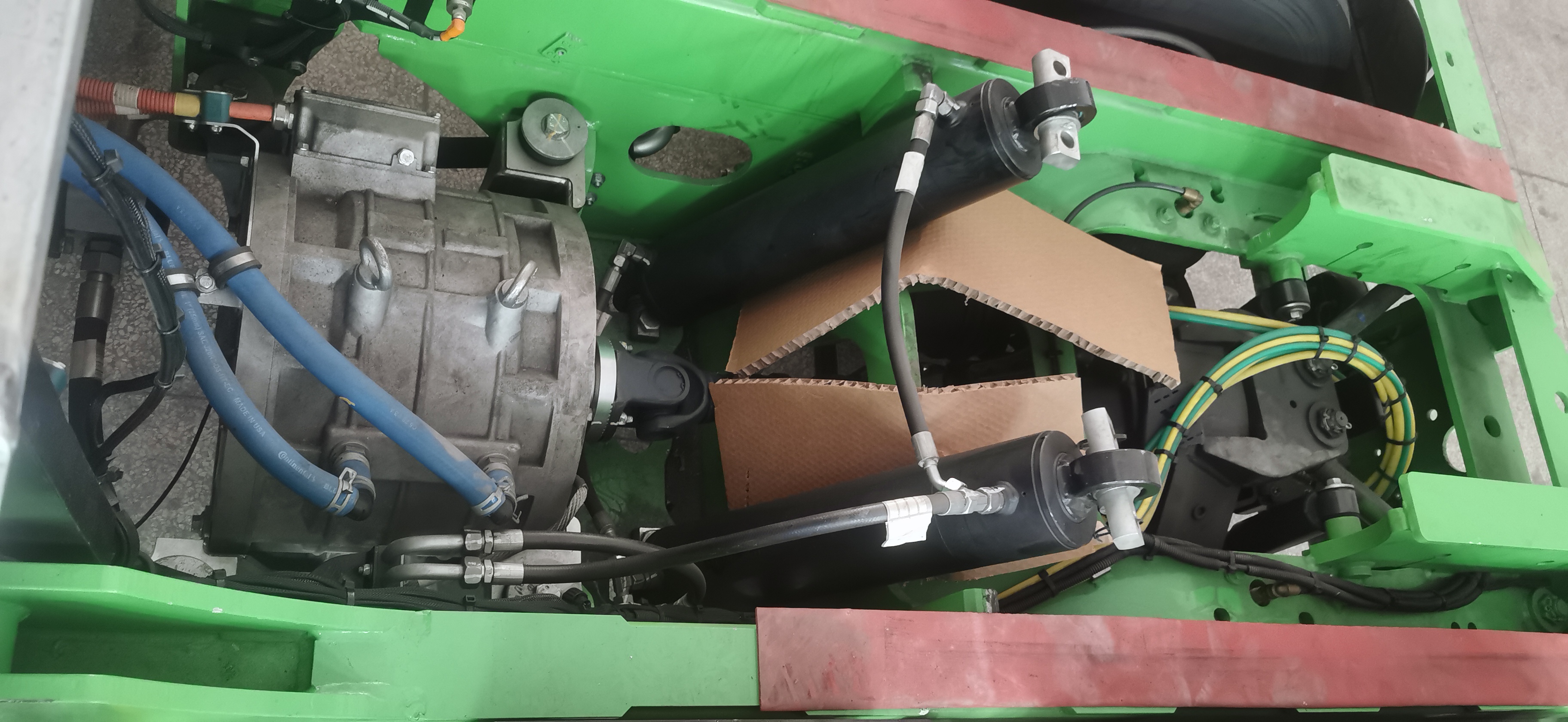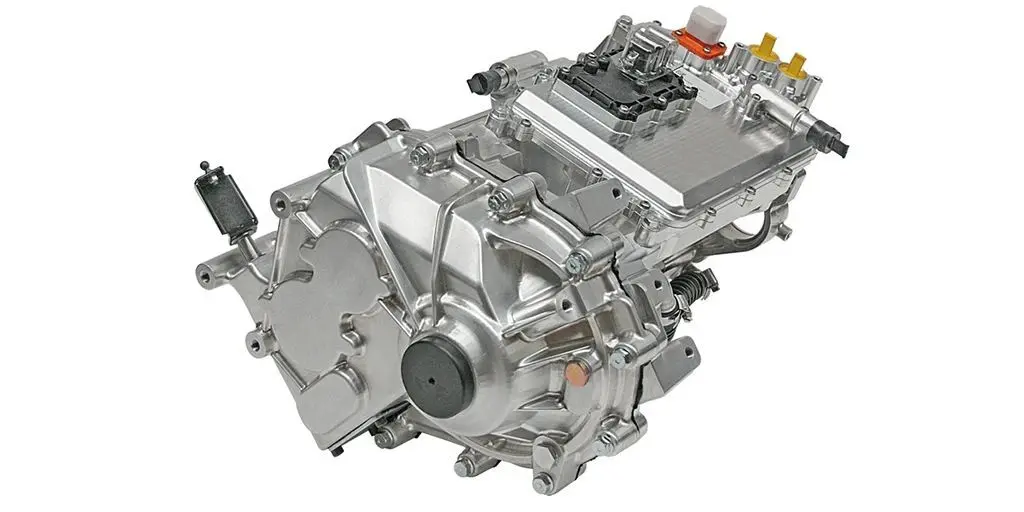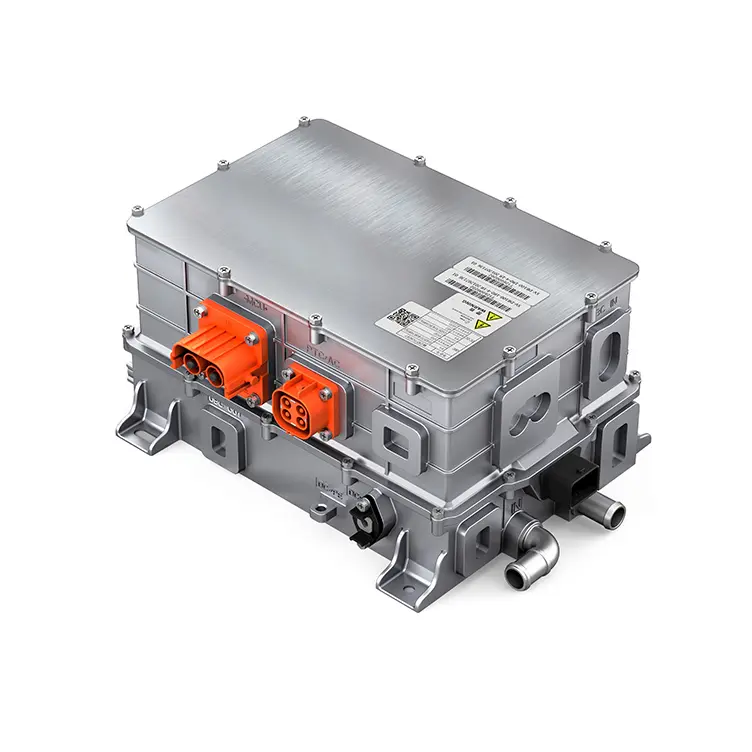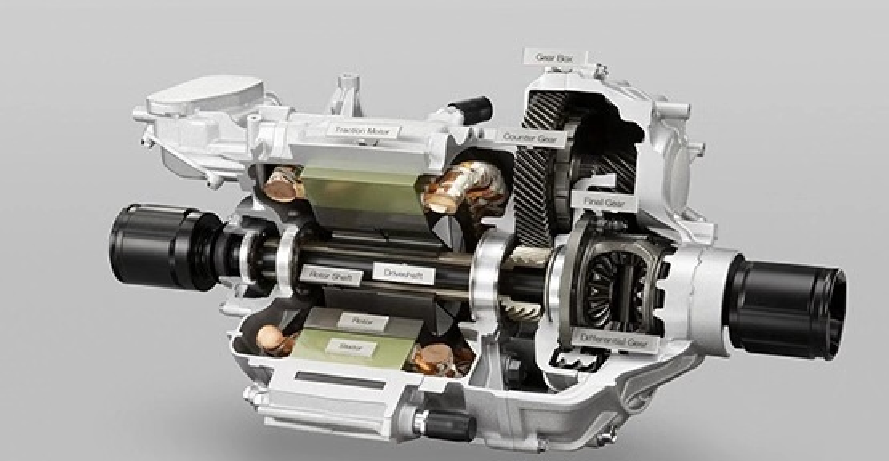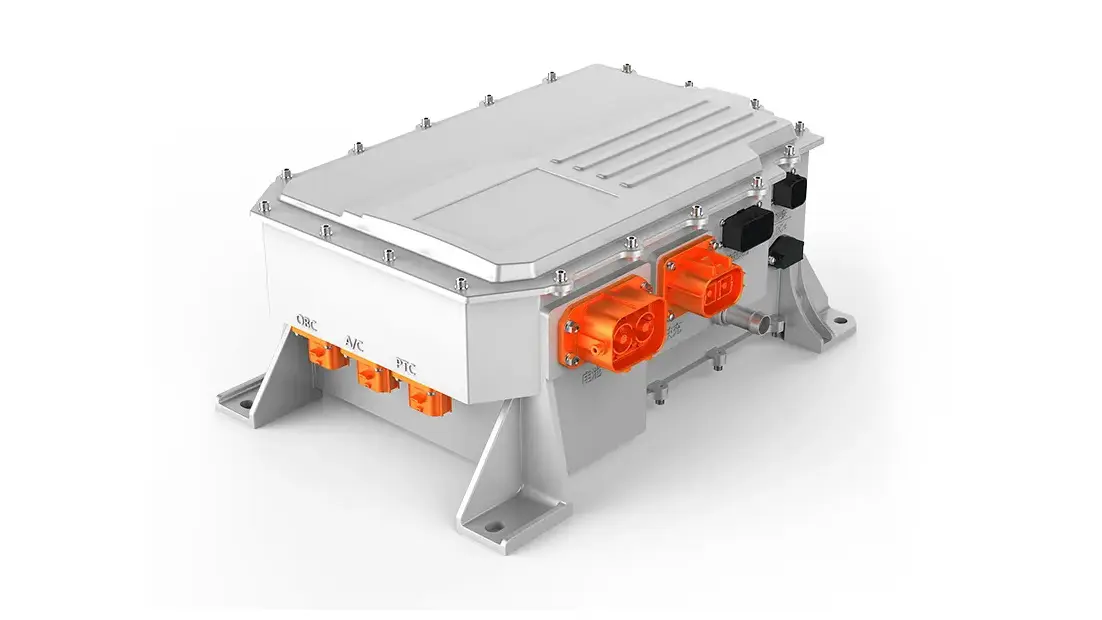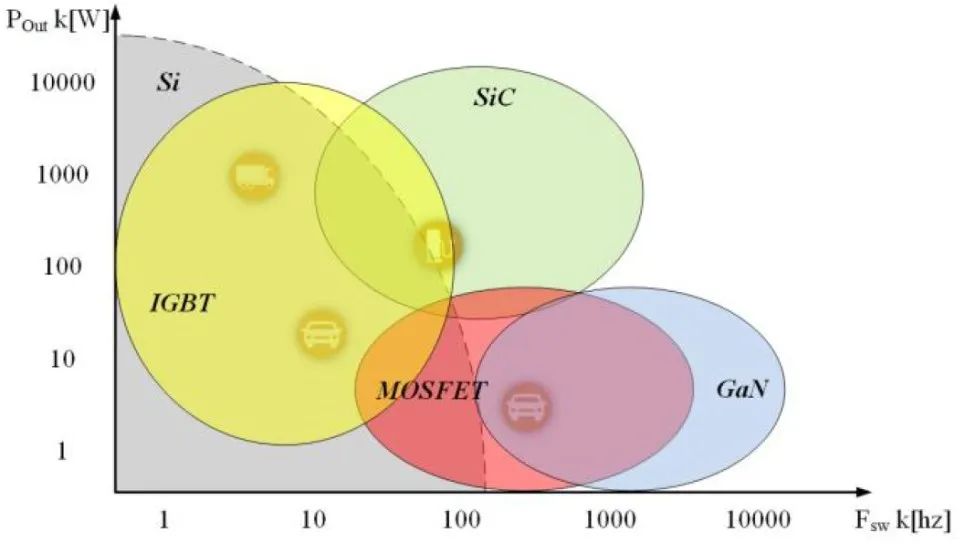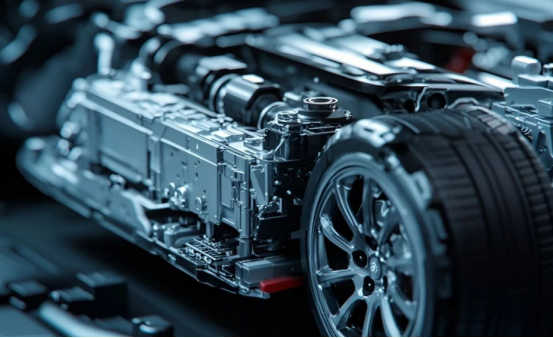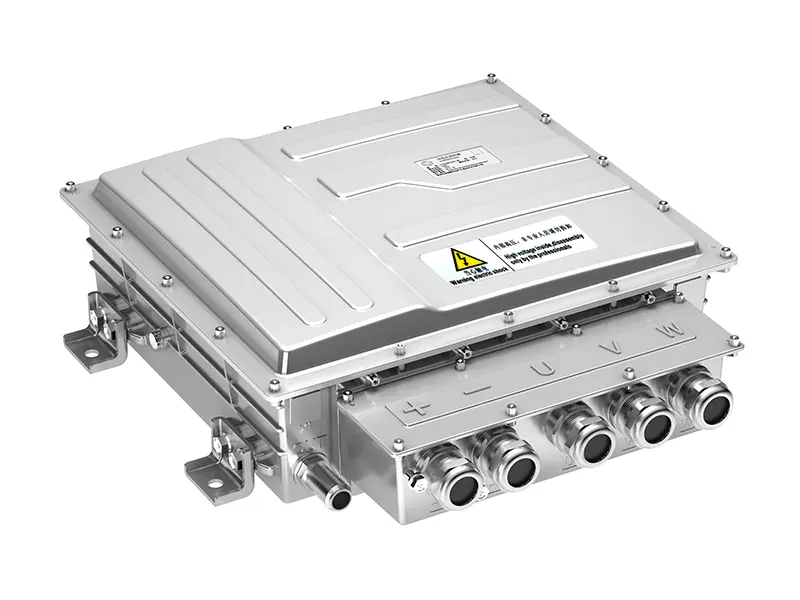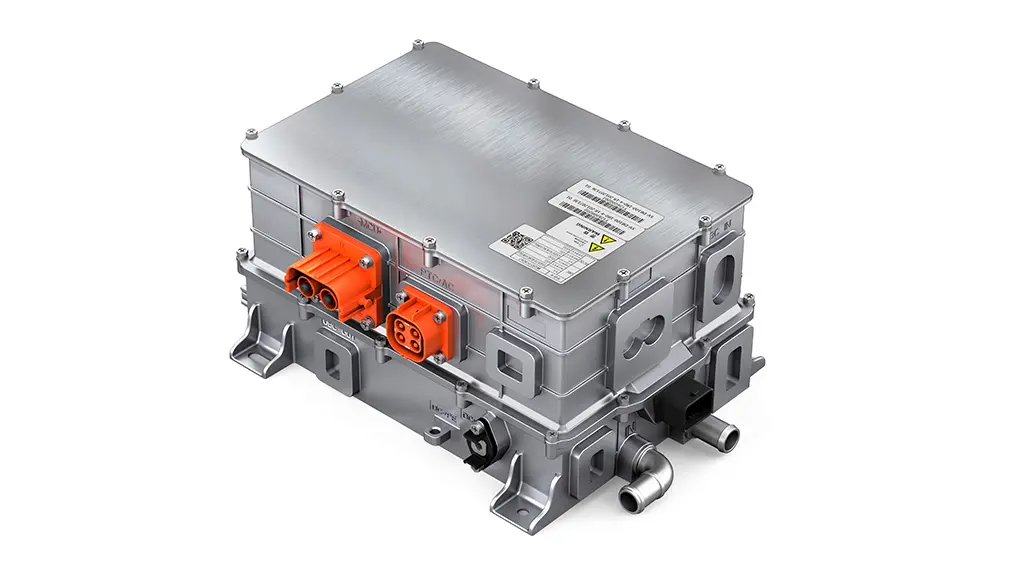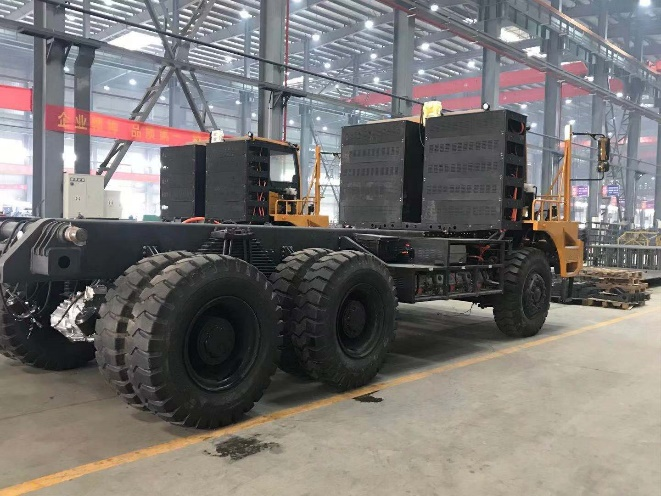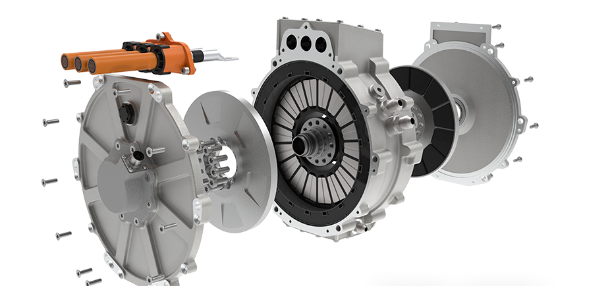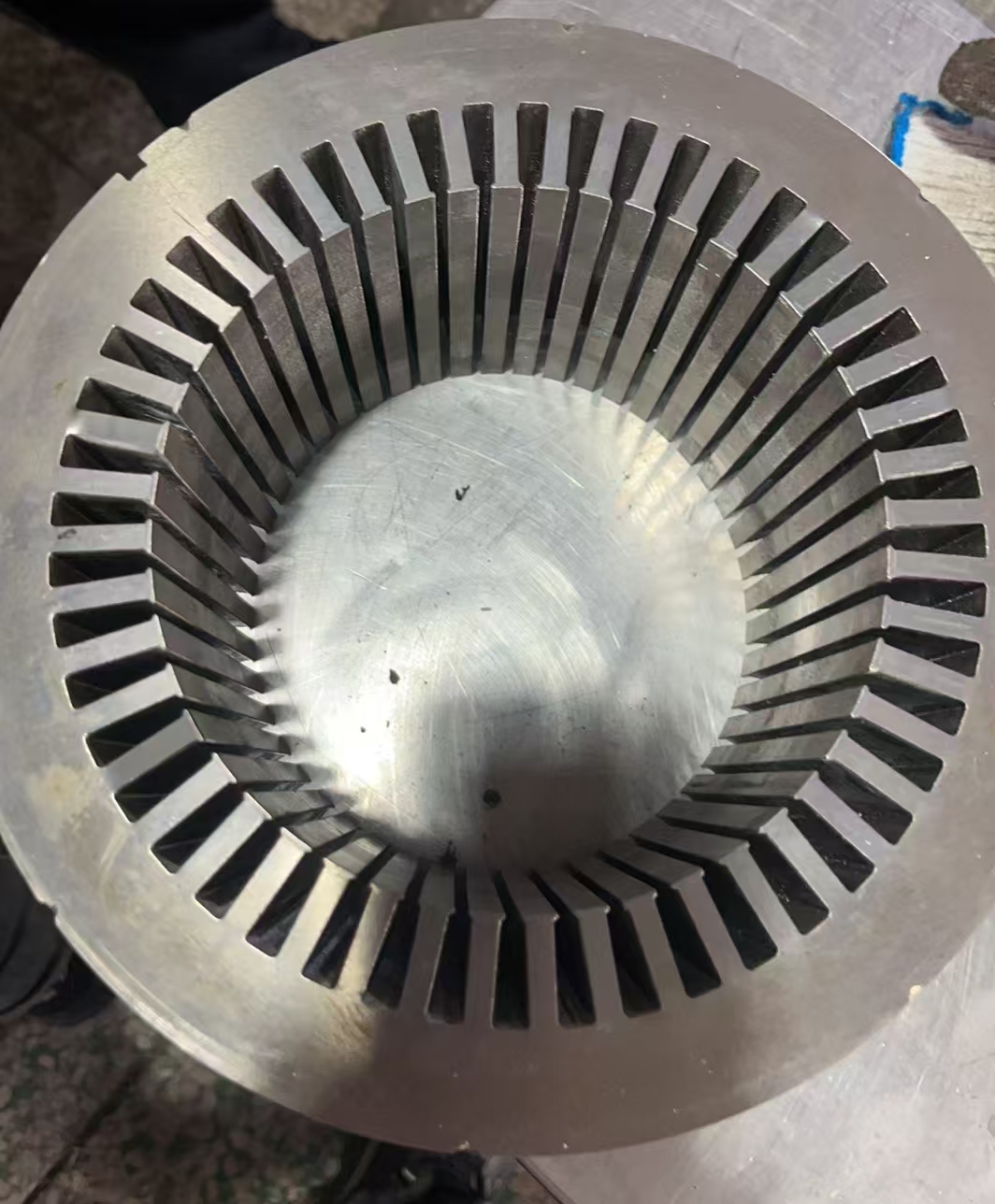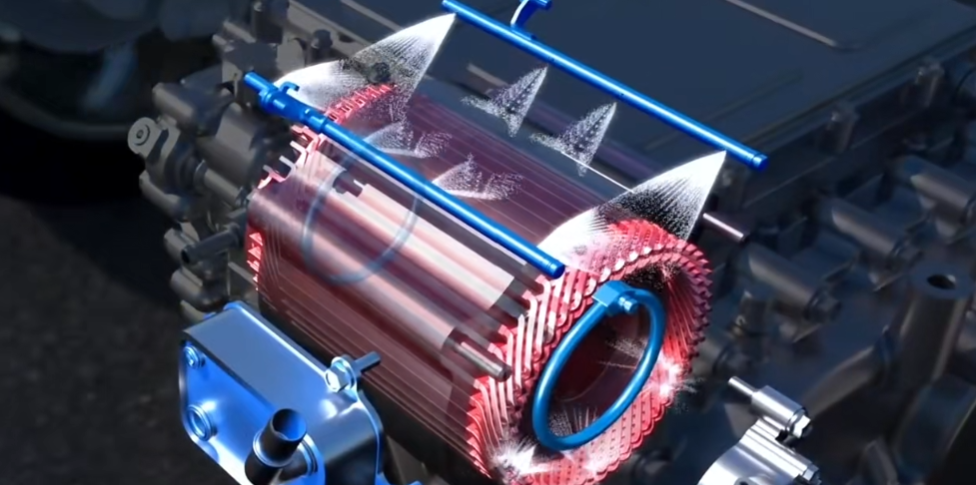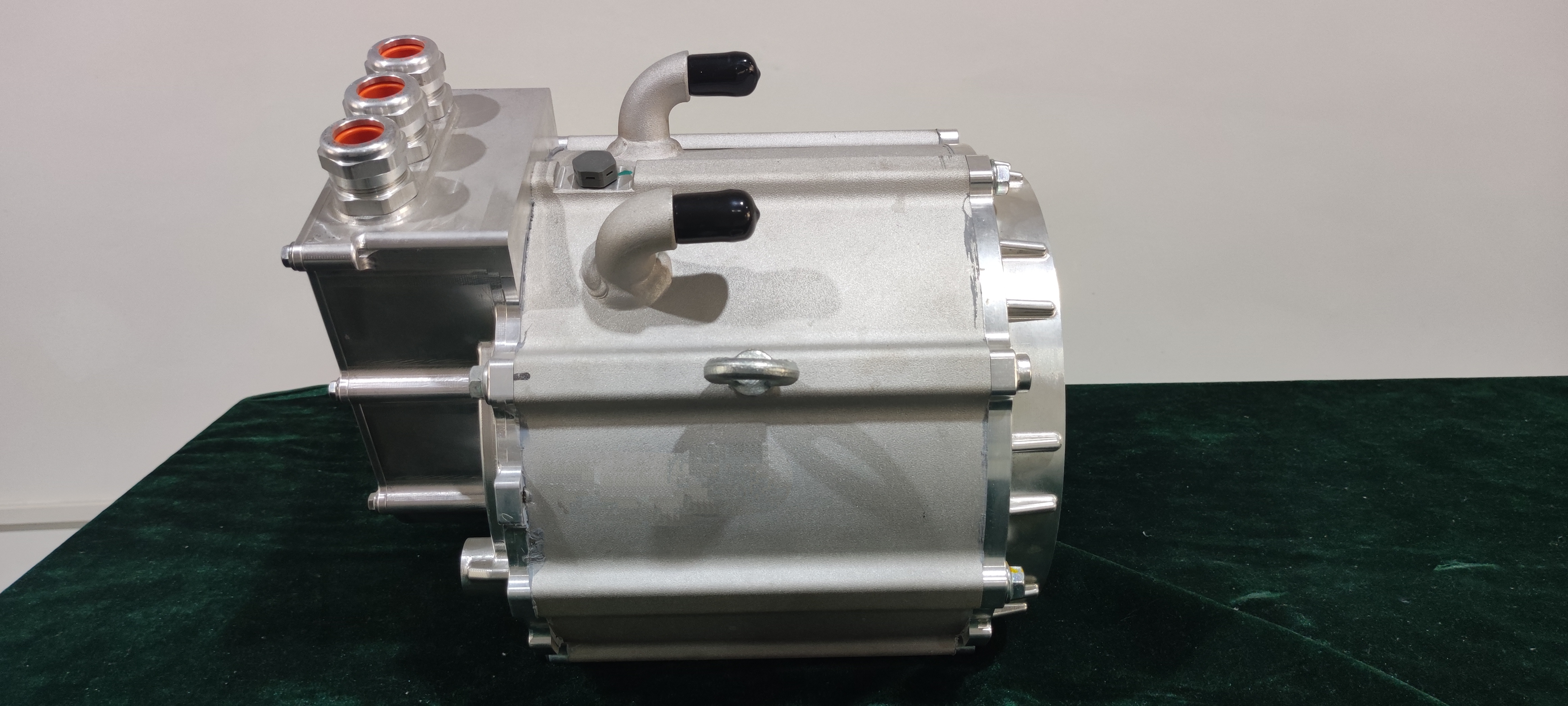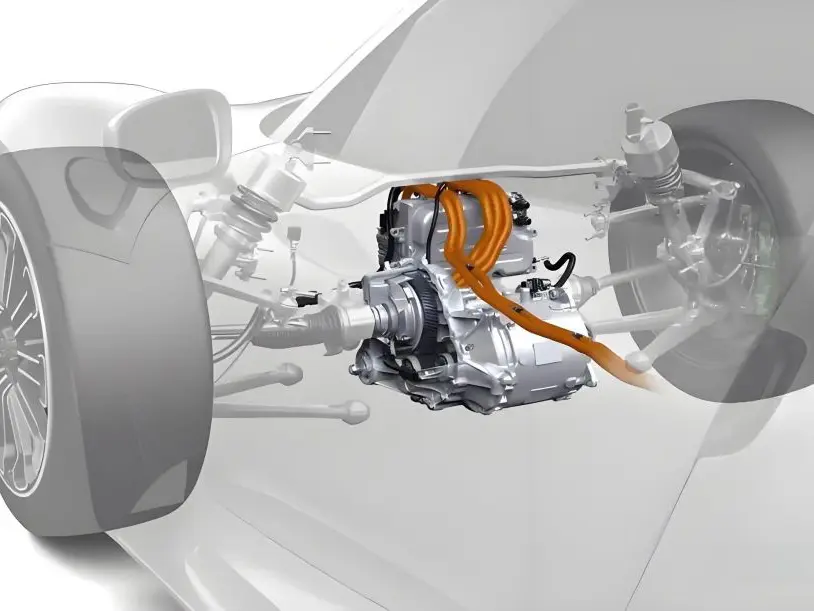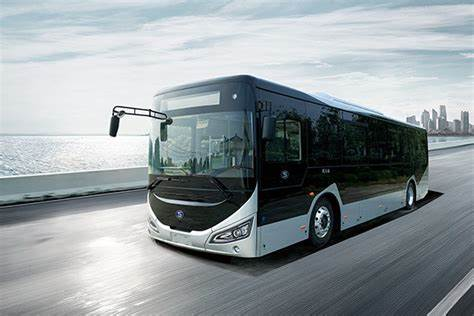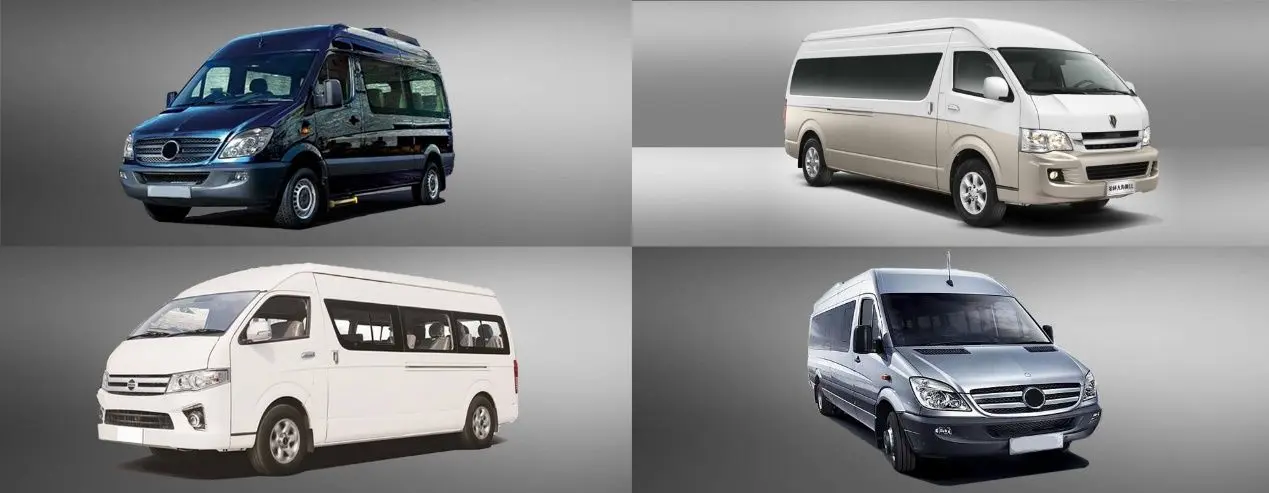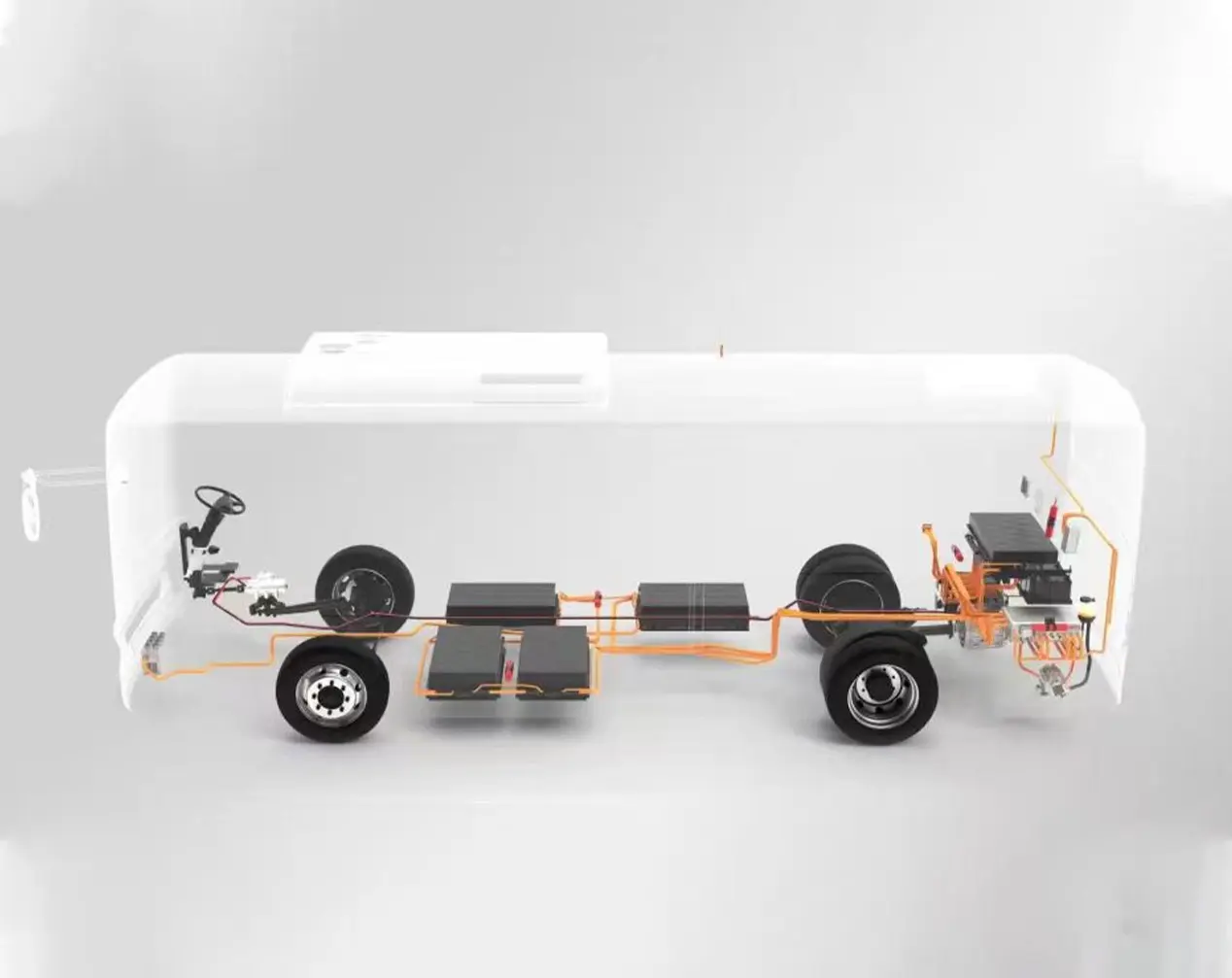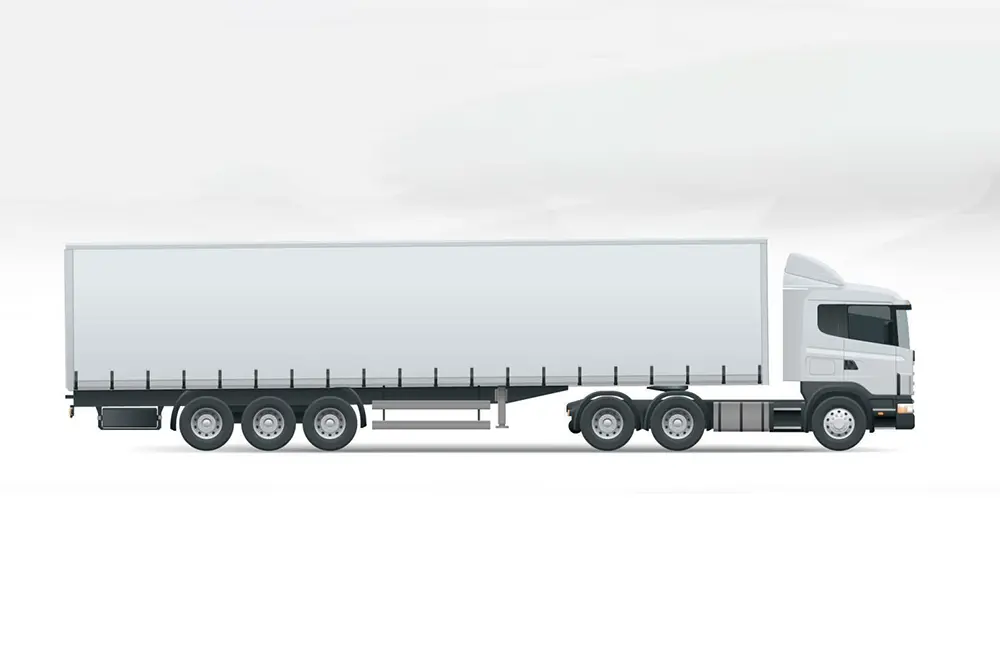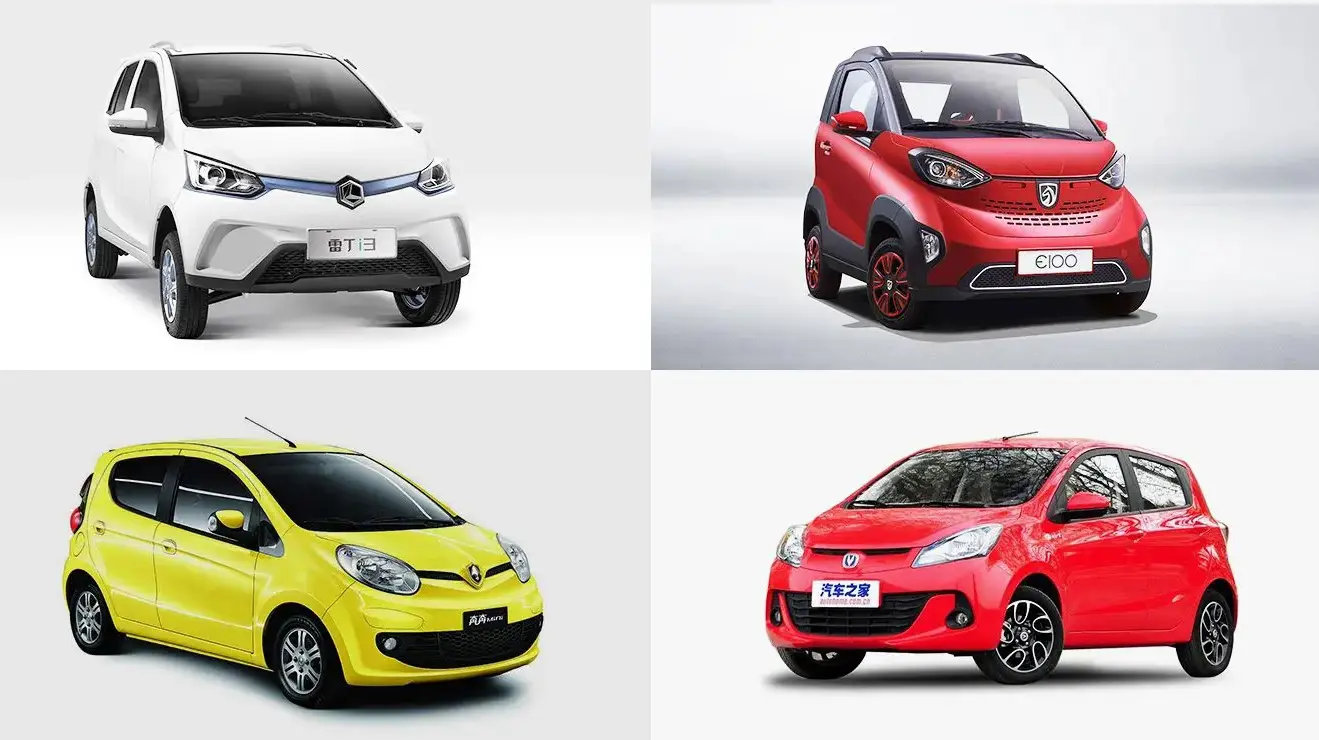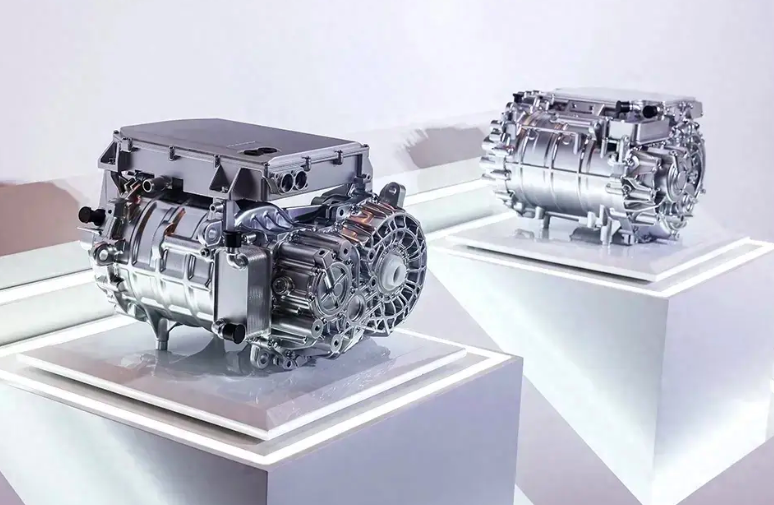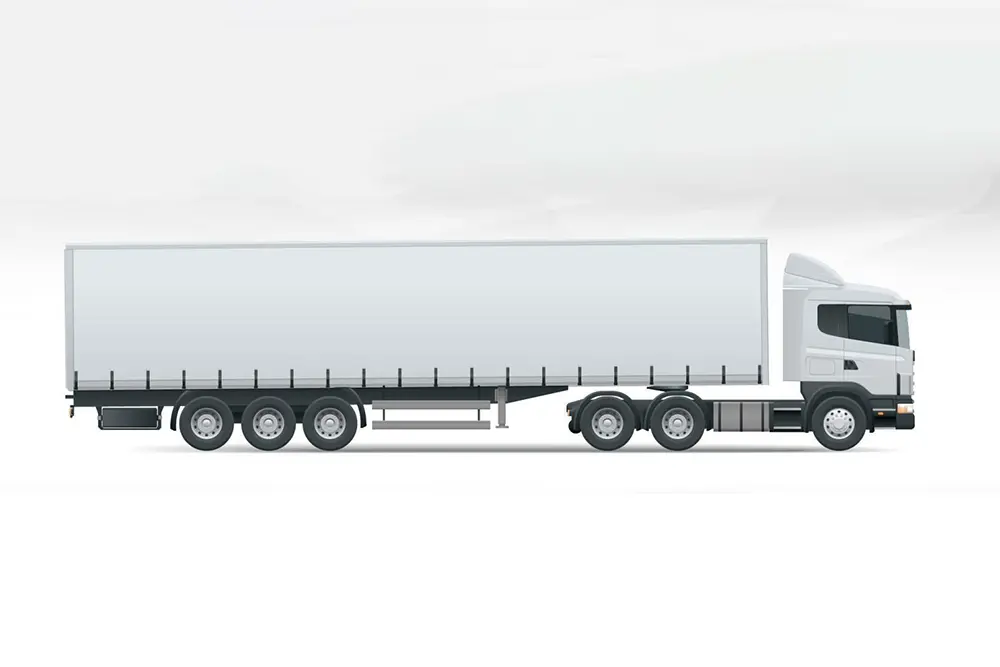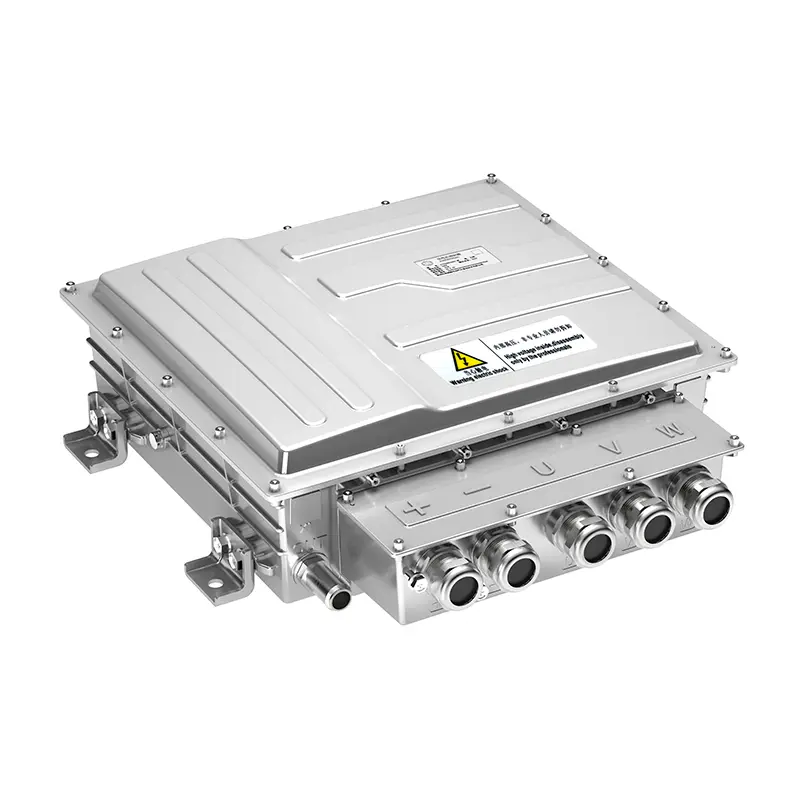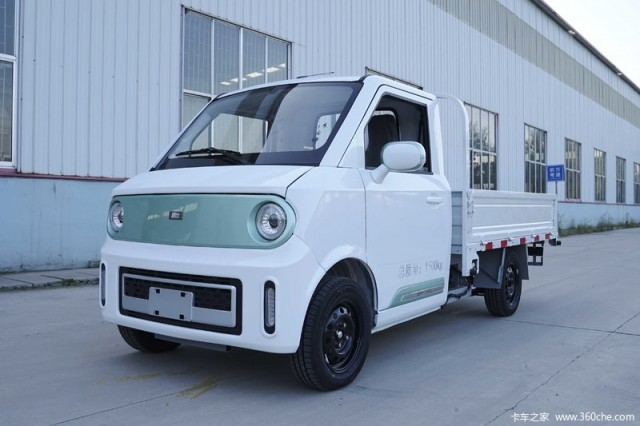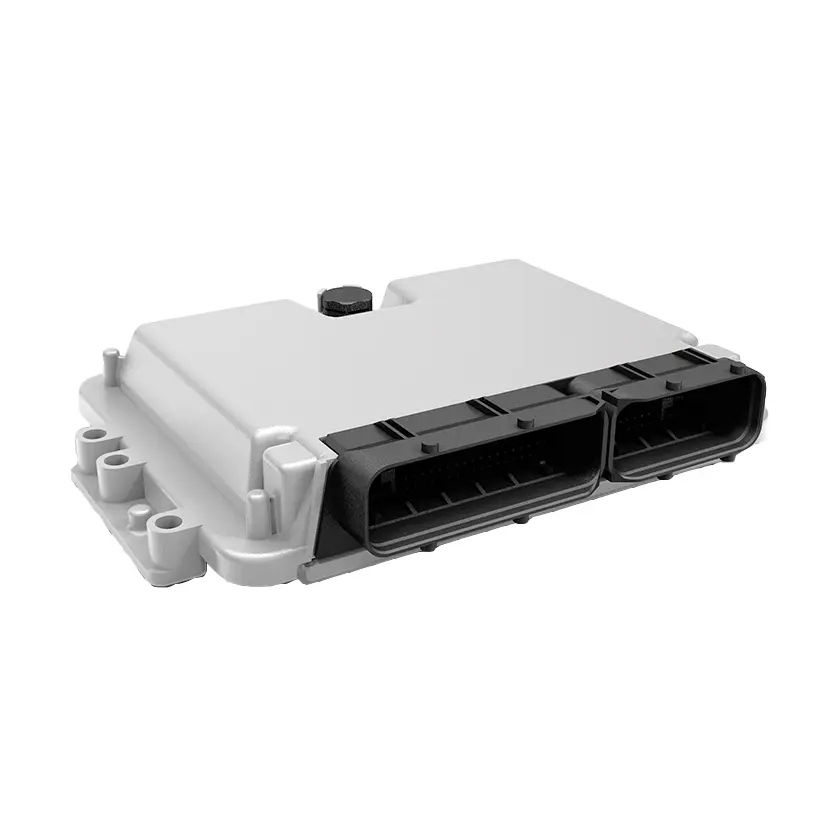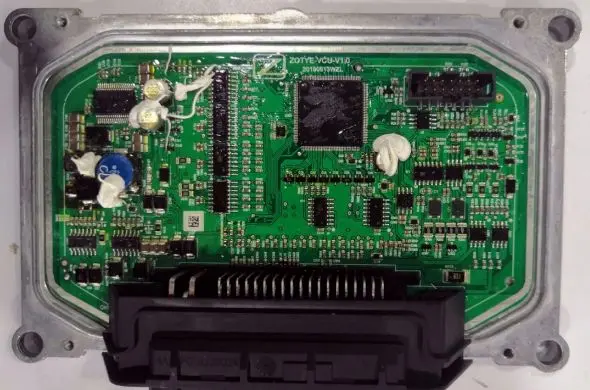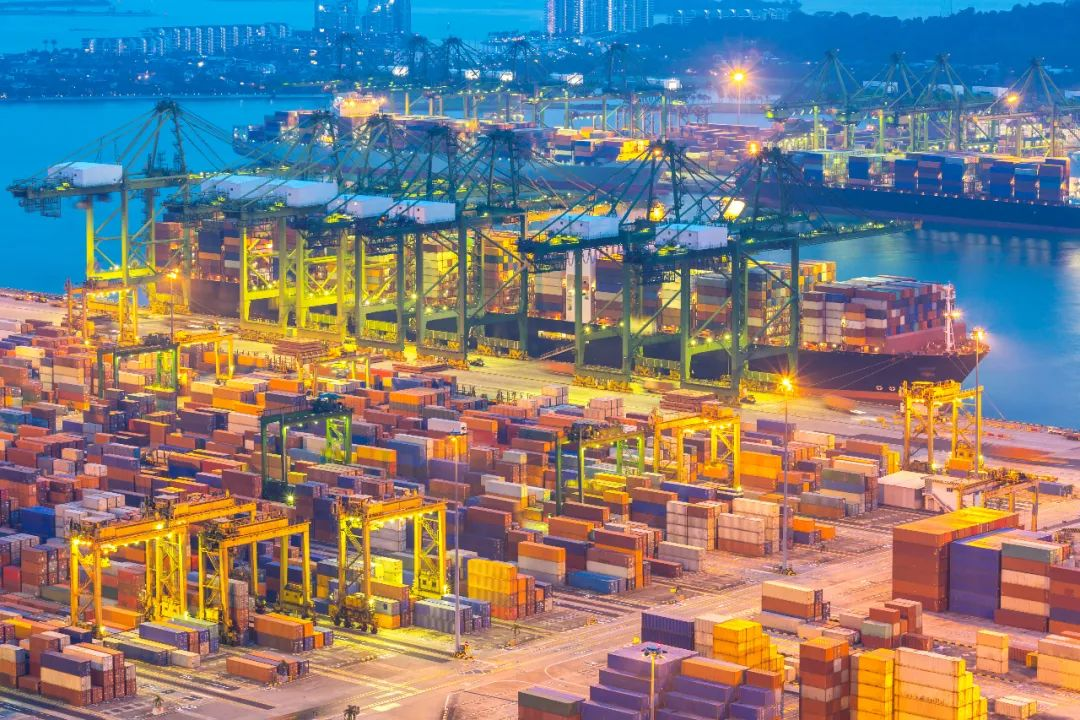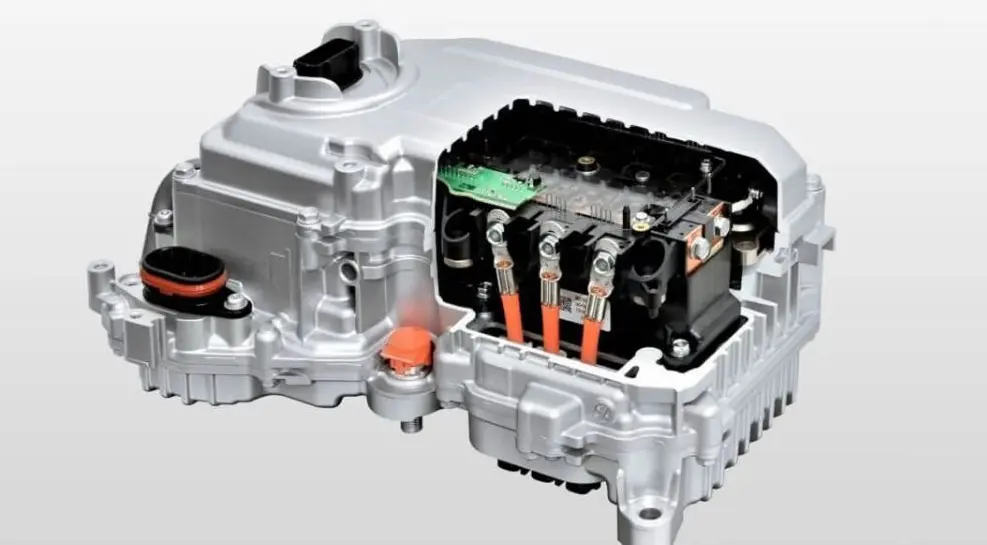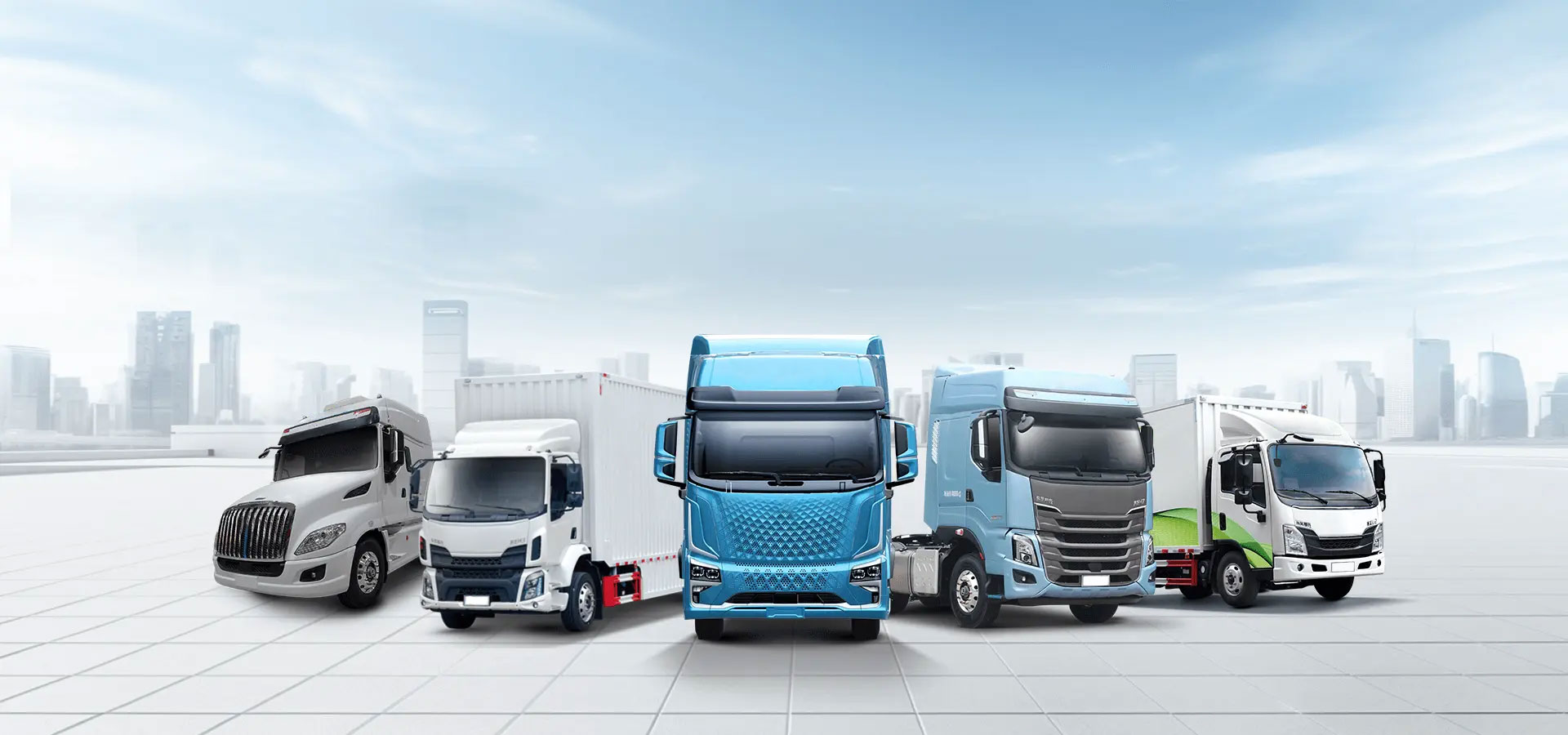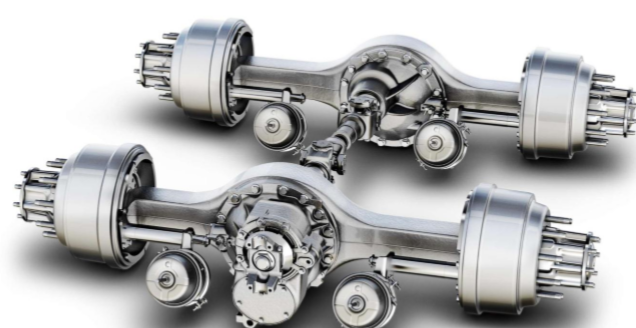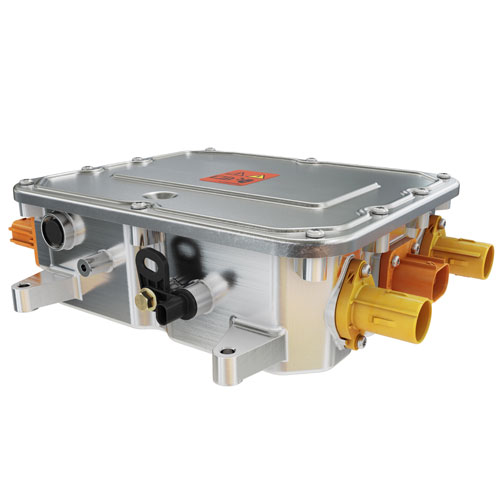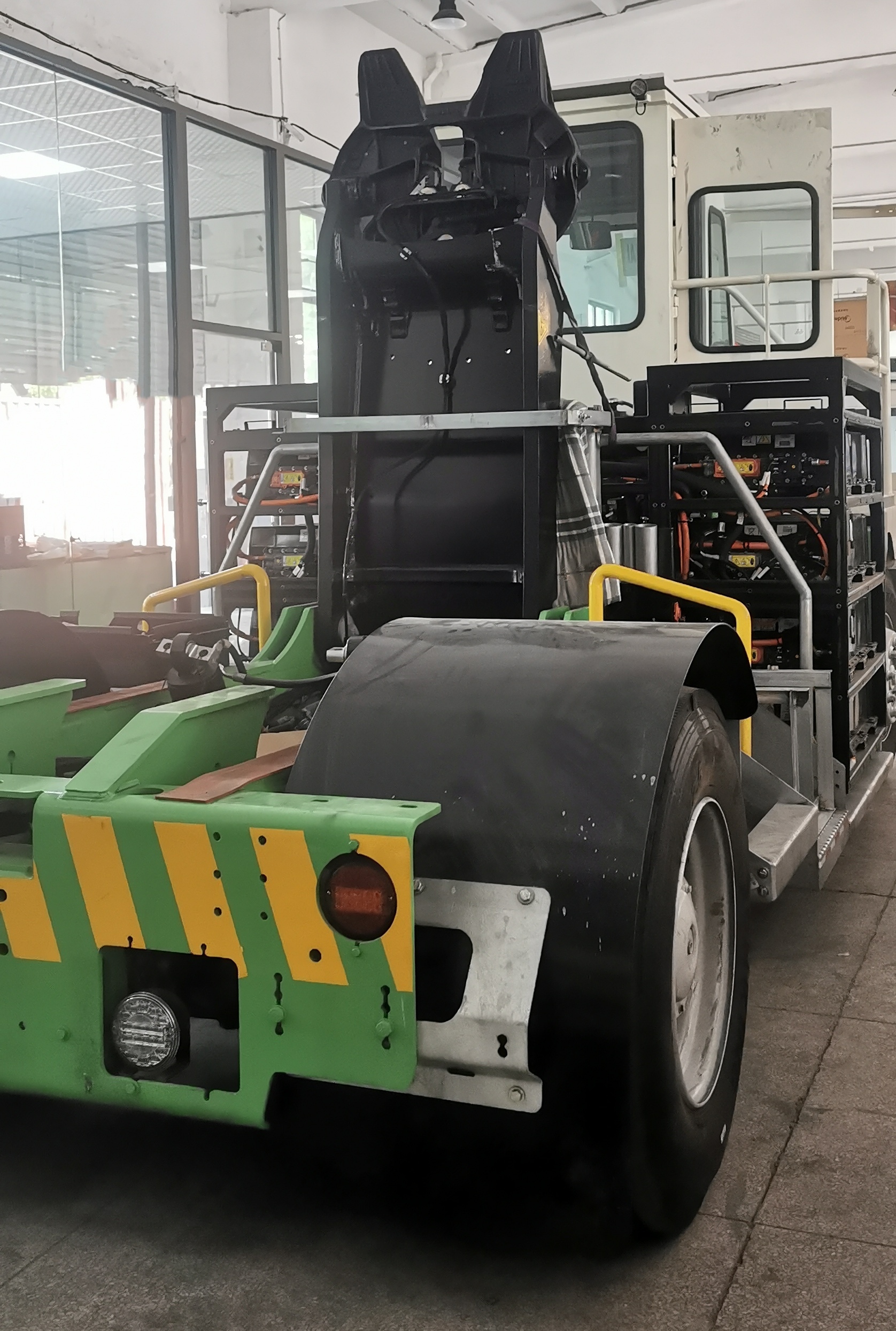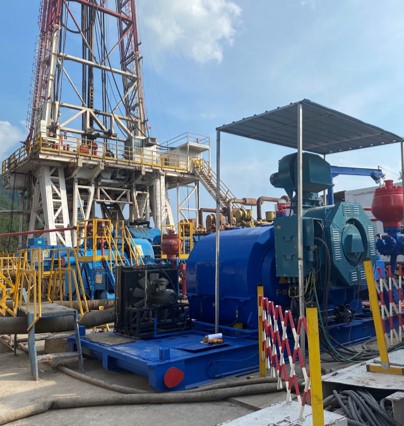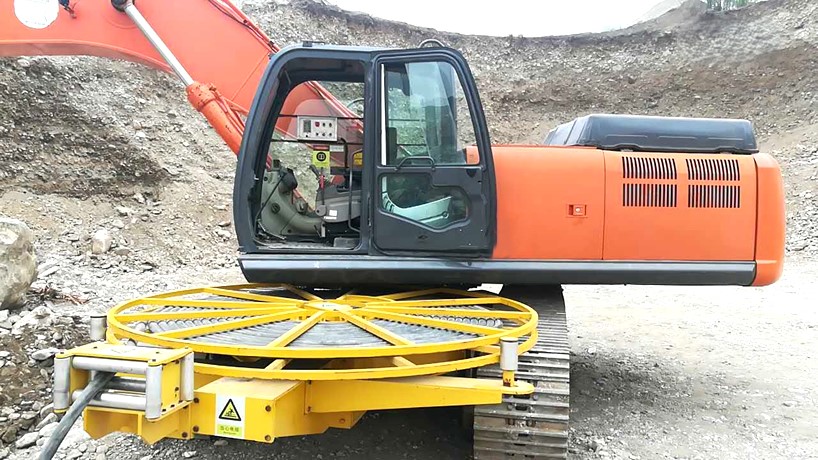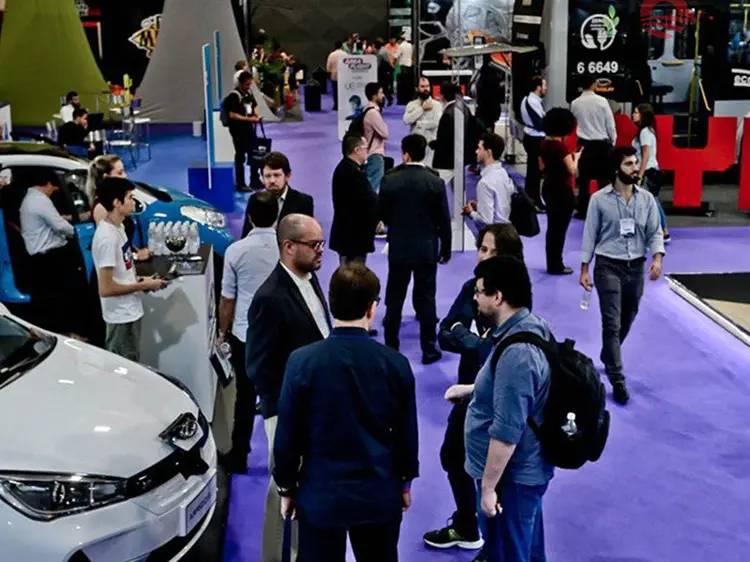Power Converter Solutions for Electric Commercial Vehicles and Vessels
The world's transition to clean energy is rapidly transforming the way heavy transport and shipping industries operate. Electric powertrains are supplanting traditional combustion engines, and in the midst of the revolution lies a key element, the power convertor. With increasing value being attached to energy efficiency, dependability, and scalability, innovative power conversion technology is enabling a new generation of electric trucks, buses, trash trucks, and ships to perform with unprecedented power and sophistication.
Global Electrification of Heavy-Duty Mobility: Why Power Conversion Matters
Heavy-duty electrification is a game-changer in the quest for sustainability and energy independence in the direction of. Electric drive systems, however, require sophisticated energy management to match the stringent needs of high-power usage, long duty cycles, and tough operating environmental conditions. Power converters play a pivotal role in ensuring fluid and efficient energy exchange between electrical subsystems. Without power converters, even the latest advanced batteries or motors cannot coexist.
To understand their value, one must start by responding to a simple question: what does a converter do in an electrical circuit? Simply put, it manages the conversion of electric energy from one form or voltage level into another in the most efficient way possible so that critical components are not exposed to instability or overloading.
A power convertor is a bit of electronic gadget that converts electricity in a bid to meet the needs of various components of a system. It can step up or step down the voltage, transfer AC to DC or DC to AC, and regulate the energy flow with precision.
In electric vehicles and ships, converters transfer high-voltage battery output into compatible energy for onboard loads, control circuitry, and auxiliary loads. In the opposite direction during charging or during regenerative braking, they deliver energy to the battery. The result is a breathtakingly well-balanced energy system that provides performance, safety, and longevity.
Role of Power Converters in Electric Vehicles and Electric Boats
In commercial vehicle electric vehicles and ships, the power convertor plays a number of strategic roles. It powers electric drives, co-operates with the motor controller, and communicates economically with the energy management system of the vehicle.
In electric trucks and buses, the converter enables seamless interaction between the drive motor, traction battery, and auxiliary electric loads such as lighting, air conditioning, and control electronics. In marine applications, converters manage even more complicated energy networks and interfacing propulsion systems, onboard power distribution, and shore charging infrastructure.
By regulating these interactions, power converters enable smooth acceleration, reliable voltage supply, and uniform performance under different operating conditions.
Overview of the System: Motor + Controller + Power Supply Integration
A reliable electric system depends on the integration of three fundamental elements: motor, controller, and power convertor. The convertor is the intelligent interface that integrates them.
The motor provides propulsion power, the controller provides performance logic, and the converter manages the flow of energy that drives them. High-performance systems incorporate bidirectional converters that provide both charge and discharge capability, enabling regenerative braking and efficiency in recovered power. Integrated design increases system compactness, reduces wiring complexity, and maximizes overall reliability which values for shipbuilders and fleet operators demanding maximum uptime and easy maintenance.
Why Commercial and Marine Industries Require High-Power Conversion
Electric platforms of heavy-duty face harsh loads and tough environments. Trucks have to transport tons of payload; buses cover long distances daily; ships are faced with changing wave resistance and high torque demand. Power convertor in such situations has to deliver high power density, better thermal management, and real-time control to ensure operating stability.
A effective converter reduces power loss and heat generation that allows more power to be diverted to propulsion. For marine applications, water-cooling converter designs allow solid thermal management under long-duration high-load operation and offers longer life and enhanced safety for components.
Key Features and Technical Advantages of Power Converter System
Power converters are far from being passive hardware anymore and they are communications-enabled, adaptive, and intelligent. The key features are:
High Efficiency: Maximum energy utilization with up to 98% conversion efficiency.
Compact Design: Lightweight build for space-saving installation in ships and vehicles.
Advanced Cooling: Thermal control by linear or rotary air or liquid cooling mechanisms.
Digital Communication: CAN, RS485, and Ethernet interfaces for convenient system integration.
Protection Mechanisms: Overvoltage, overcurrent, short-circuit, and temperature protection for security in any environment.
Modularity: Scalability to broad voltage levels and power ratings, which is compatible to different application specifications.
These attributes make the power convertor robust in performance under even the most demanding conditions.
Application Scenarios: Built for Demanding Working Conditions
The adaptability of the converter system renders it applicable to various applications:
Electric Trucks and Buses: Provides power to high-voltage traction drives and auxiliary circuits.
Sanitation and Construction Trucks: Powering onboard controls and hydraulic systems.
Electric Ships and Ferries: Enabling onboard power management and optimal propulsion.
Hybrid Energy Systems: Regulating renewable resource and battery storage for renewable operation.
Each of these applications leverages the converter's ability to balance efficiency, longevity, and precise control.
Support for Customization and Integration for System Integrators and OEMs
Our power convertor solutions are designed with versatility. We provide customized voltage and current configurations to support each customer's platform to fit unique system architectures.
With uncompromising technical support, system simulation, and co-development opportunities, we collaborate closely with OEMs and system integrators to accelerate electrification projects and deliver maximum performance in practical application.
Cooperation Model and Future Outlook
While electrification continues to propel the evolution of global mobility, collaboration will become even more critical. Through joint development, testing, and integration, we're dedicated to delivering more intelligent, more dependable power conversion systems that meet industry trends in digitalization, sustainability, and autonomous operation.
In brief, when we ask ourselves what does a converter do to the future of mobility, it is simple to answer: it makes possible the transition to cleaner, smarter, and more efficient electric systems on the roads and the seas.
Conclusion
The power convertor is the unsung hero of modern electric mobility. It takes raw electrical power and turns it into stable, usable electricity, enabling every system—ranging from heavy trucks to advanced marine vehicles—to operate safely and efficiently. With electrification increasingly moving into more industries, the value of smart, high-performance converters will continue to increase. They are not pieces of hardware; they are the engines of the clean energy revolution, leading the world towards a green transport future.









